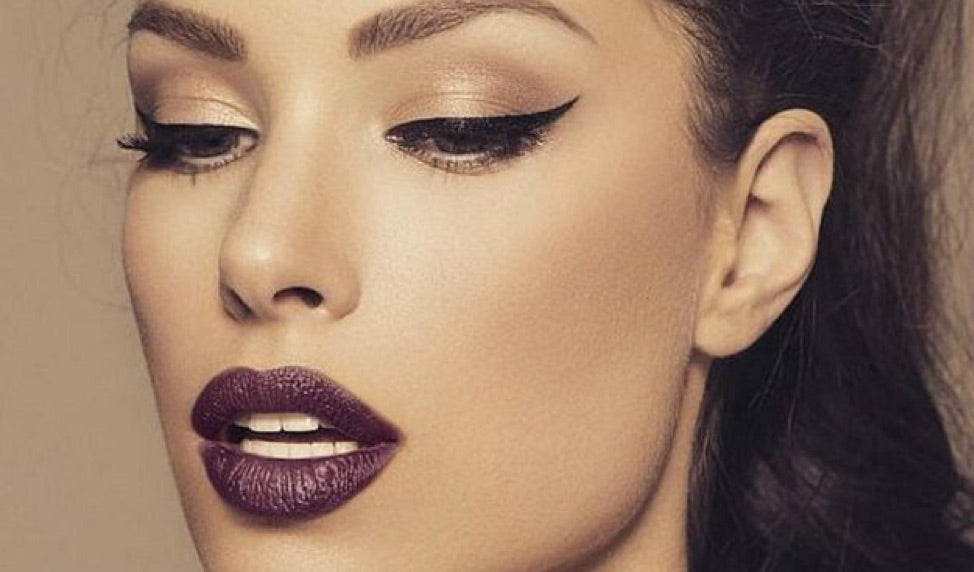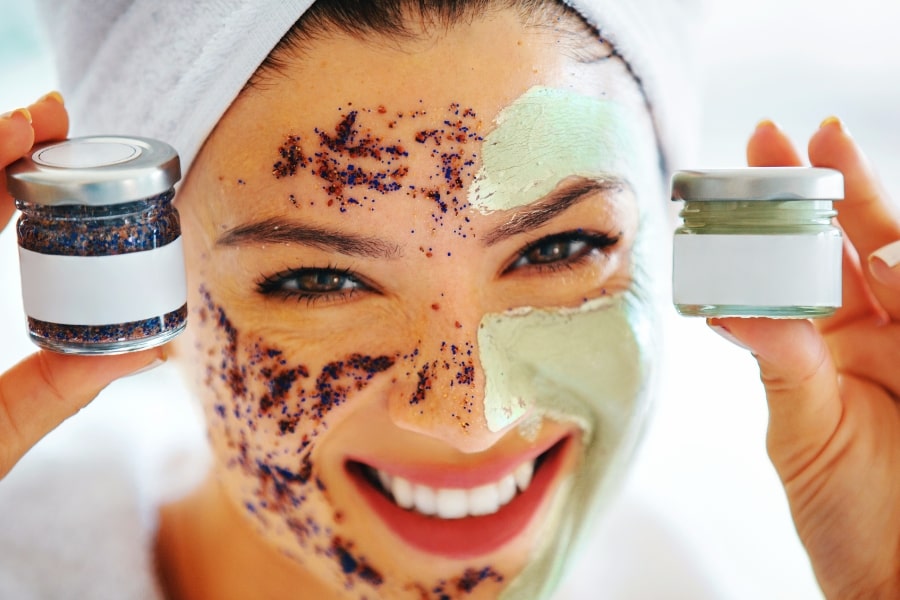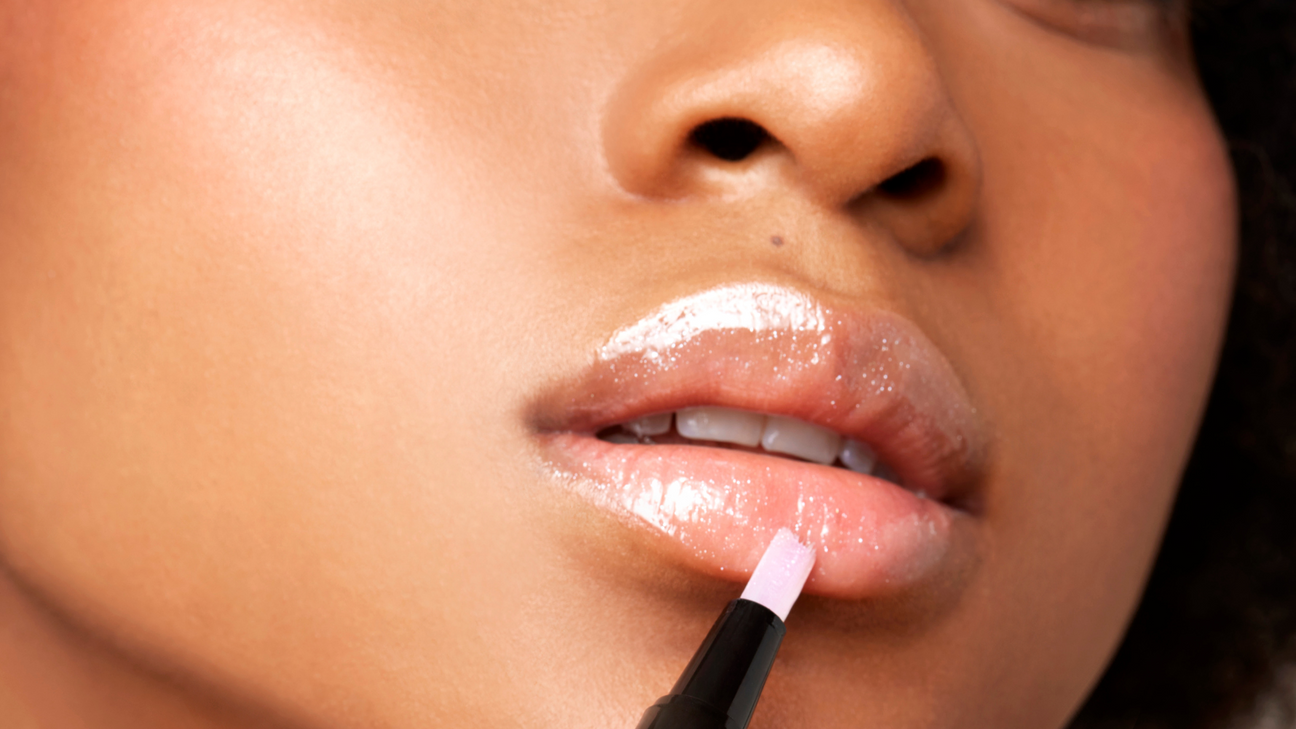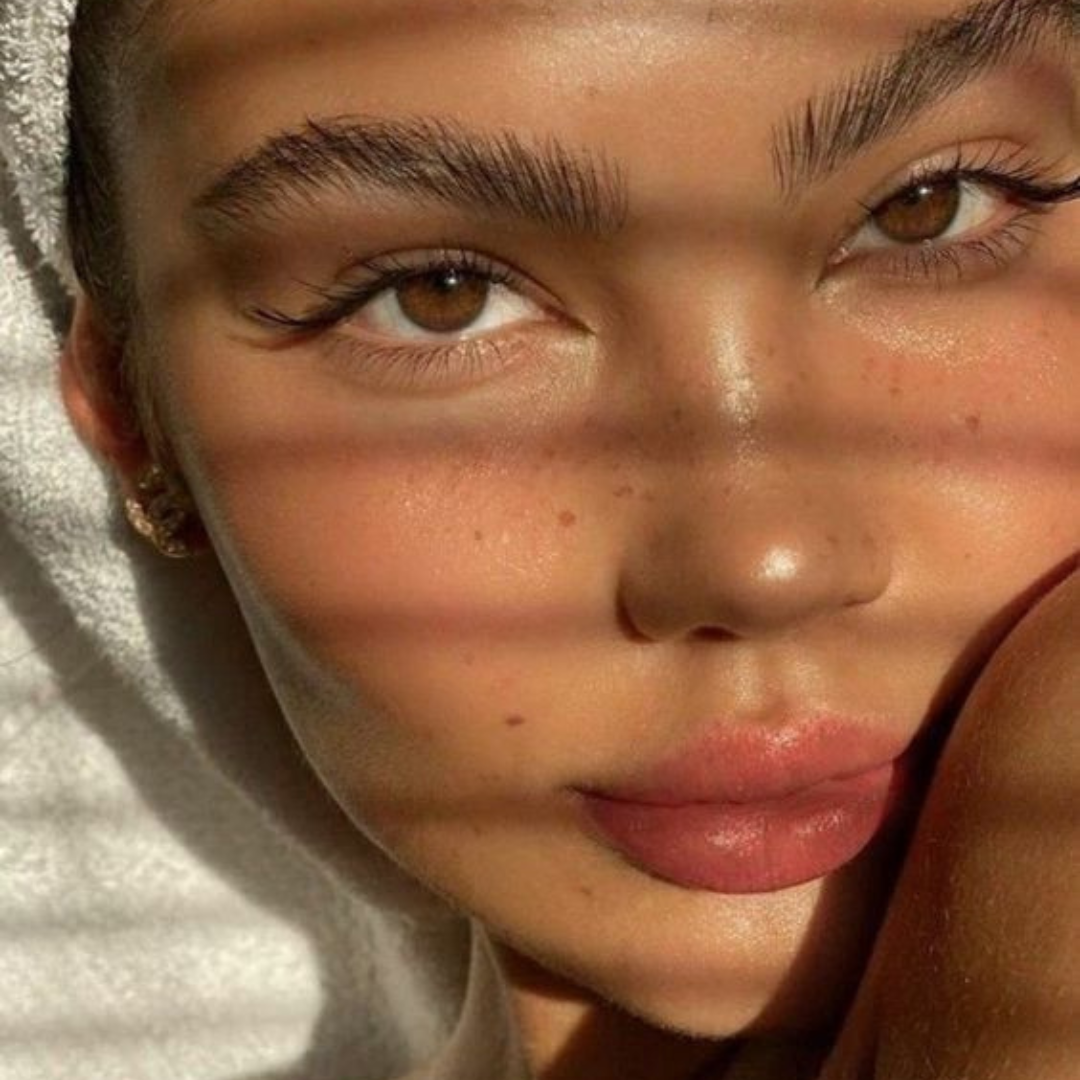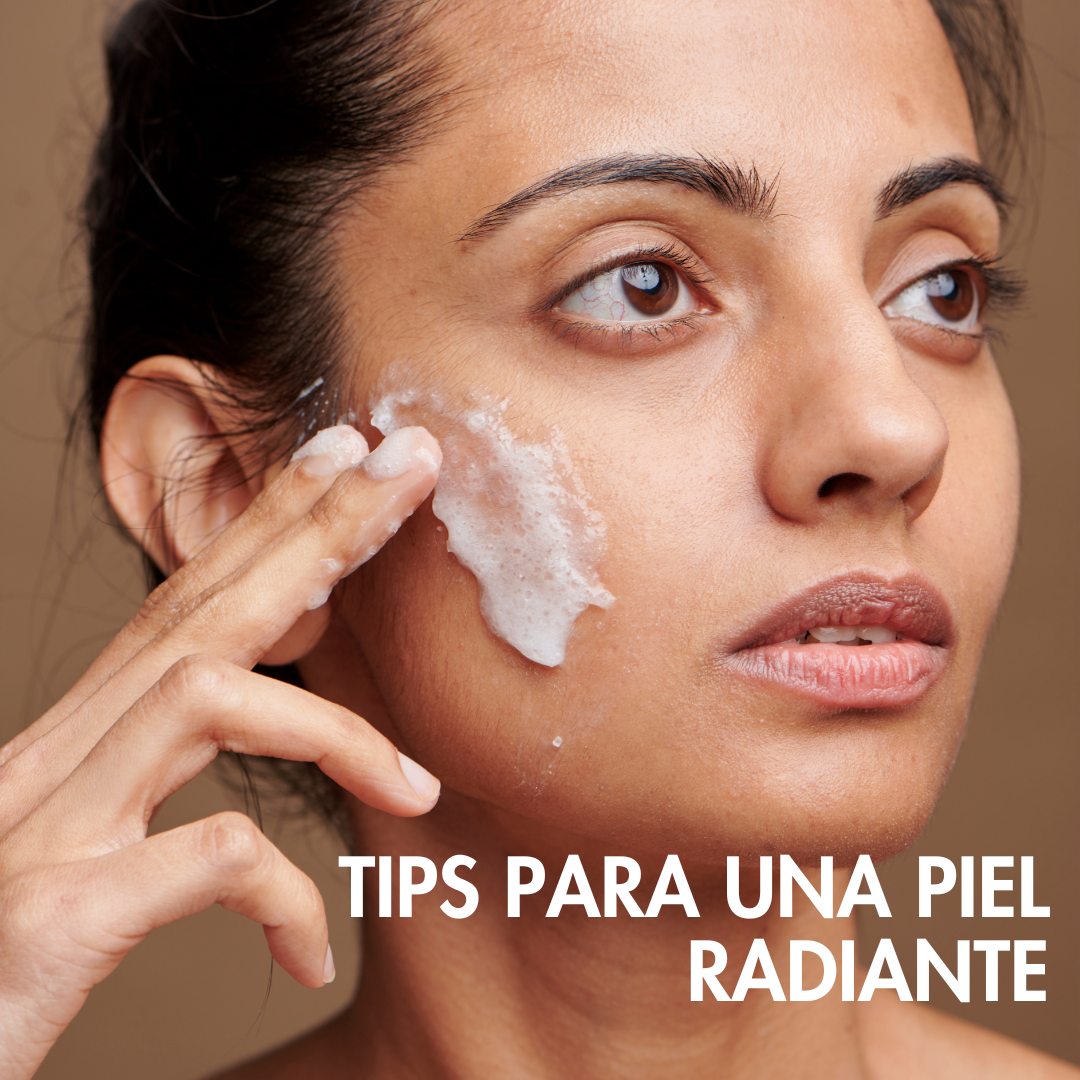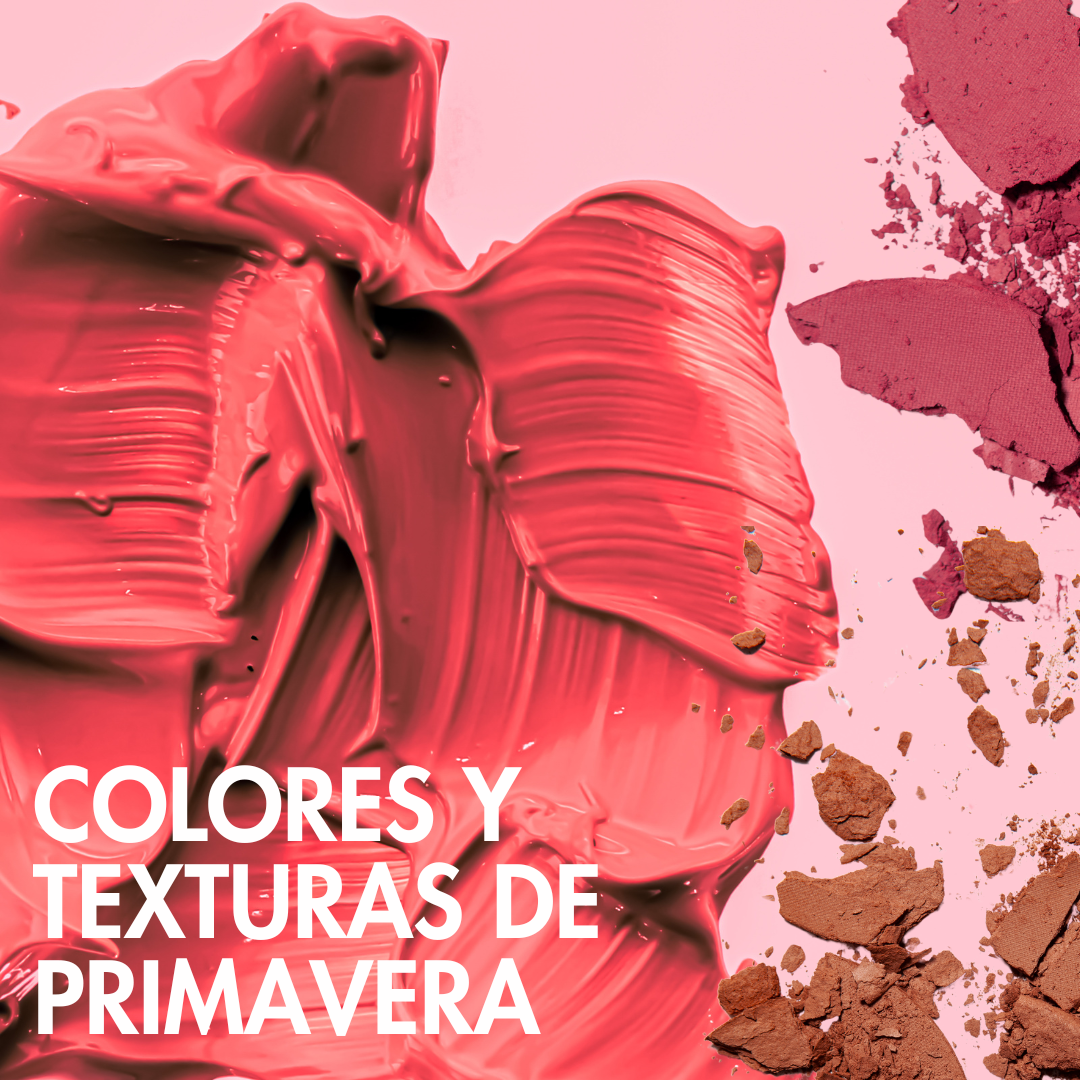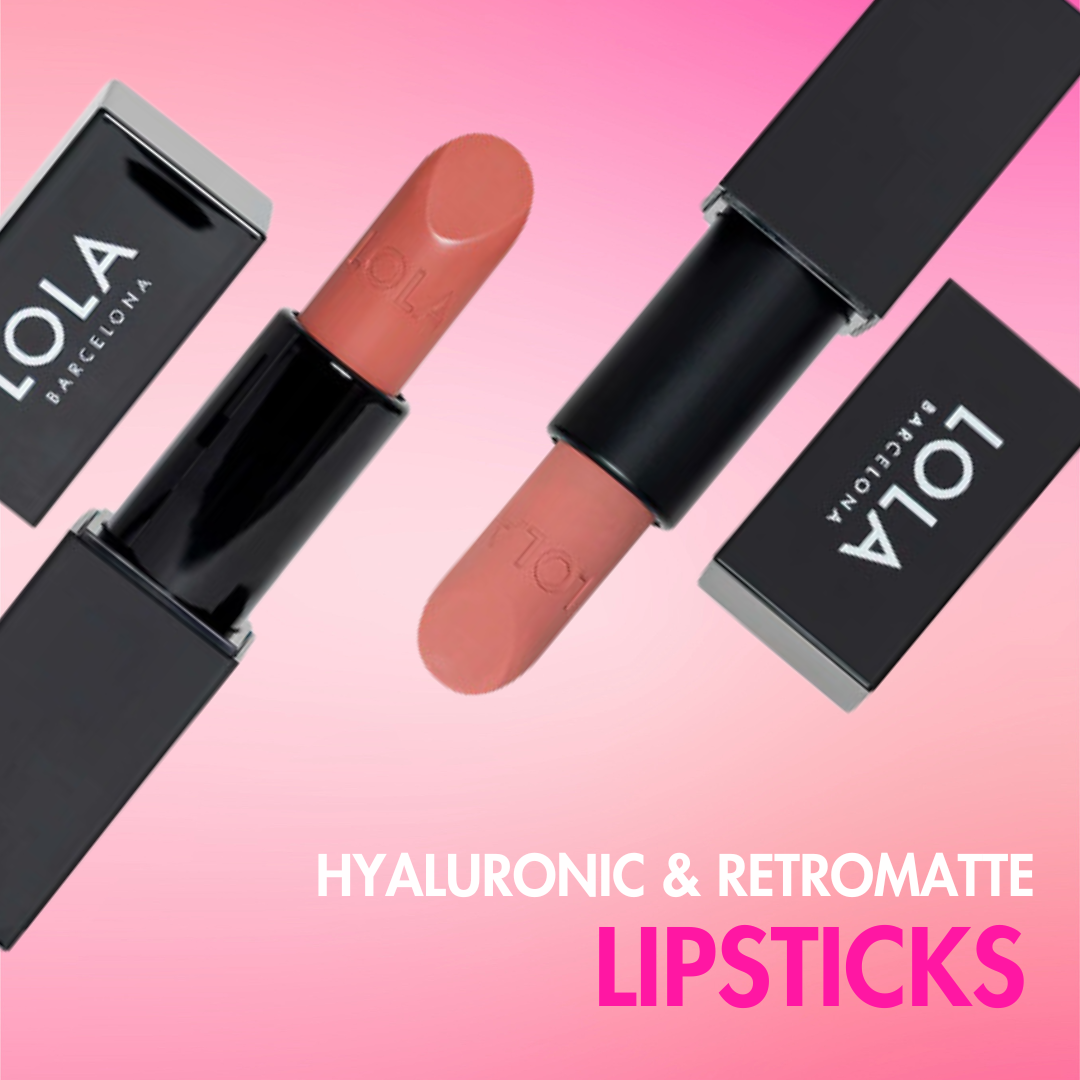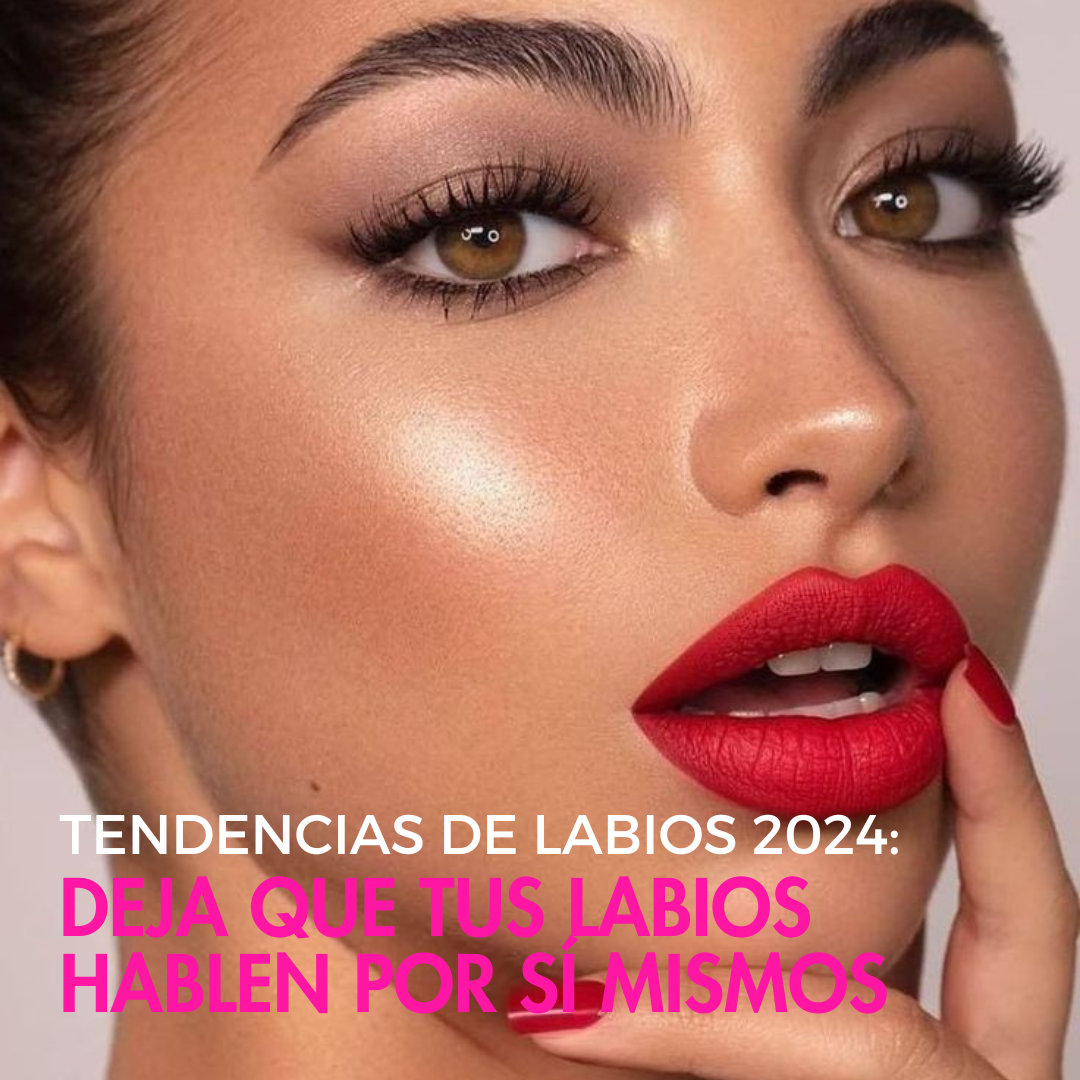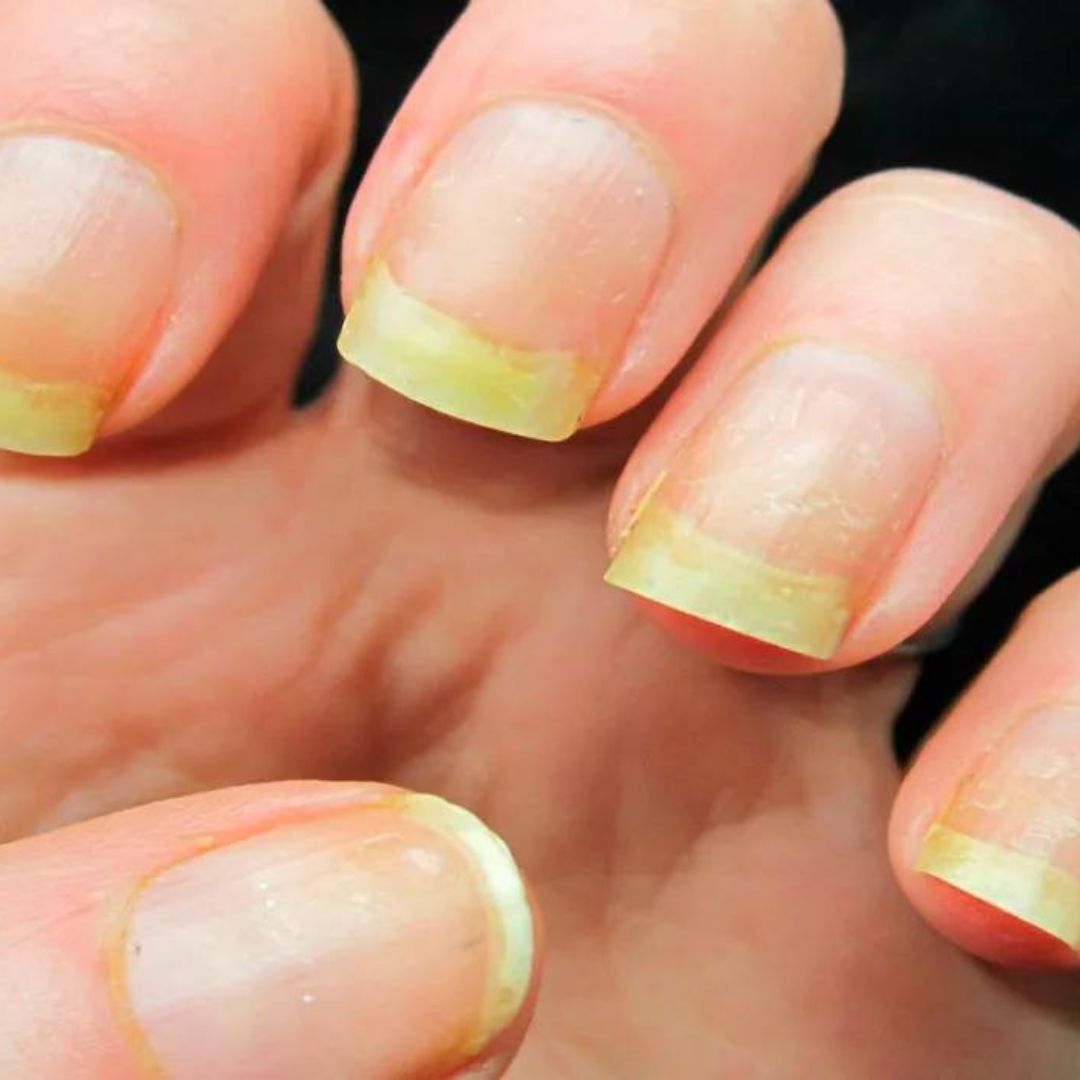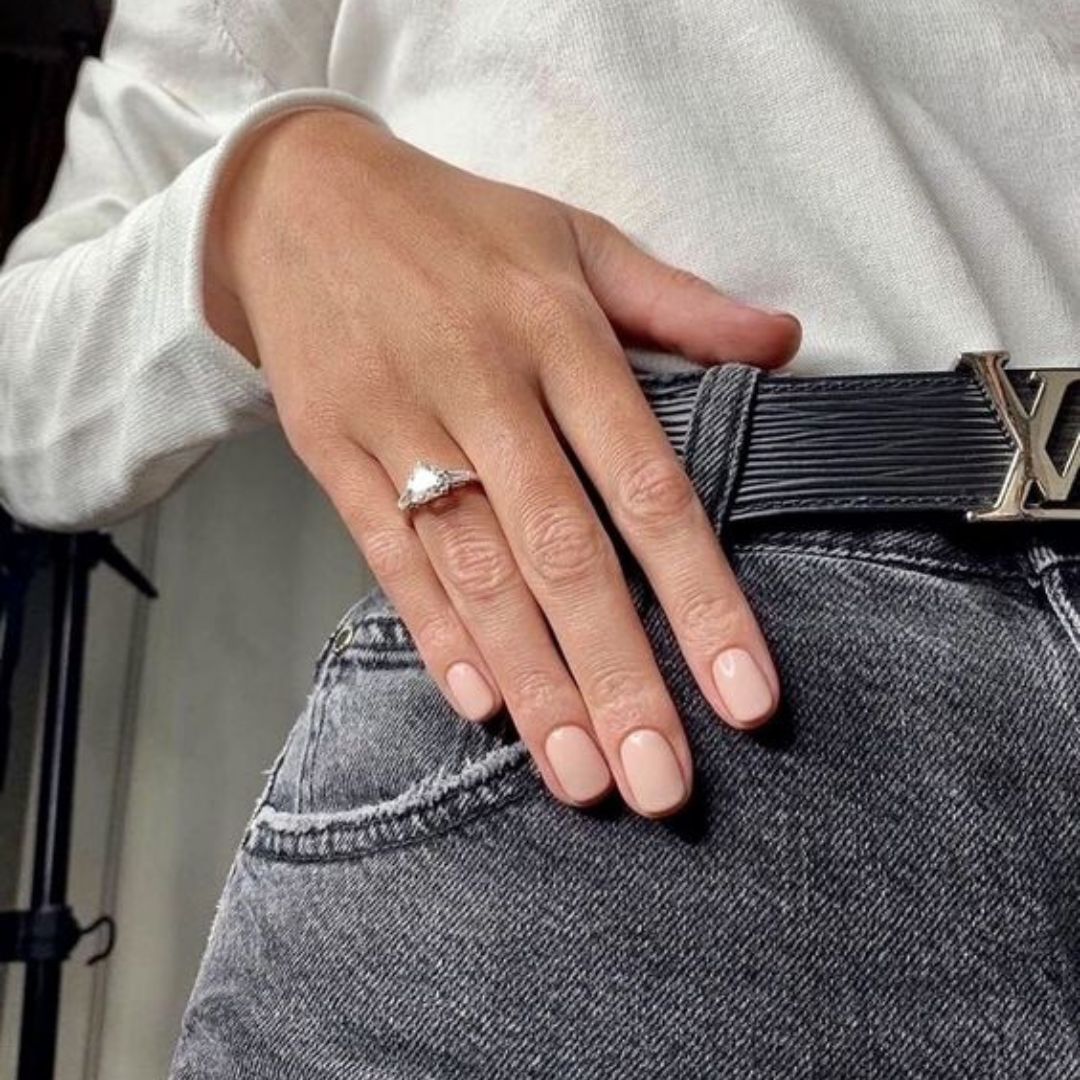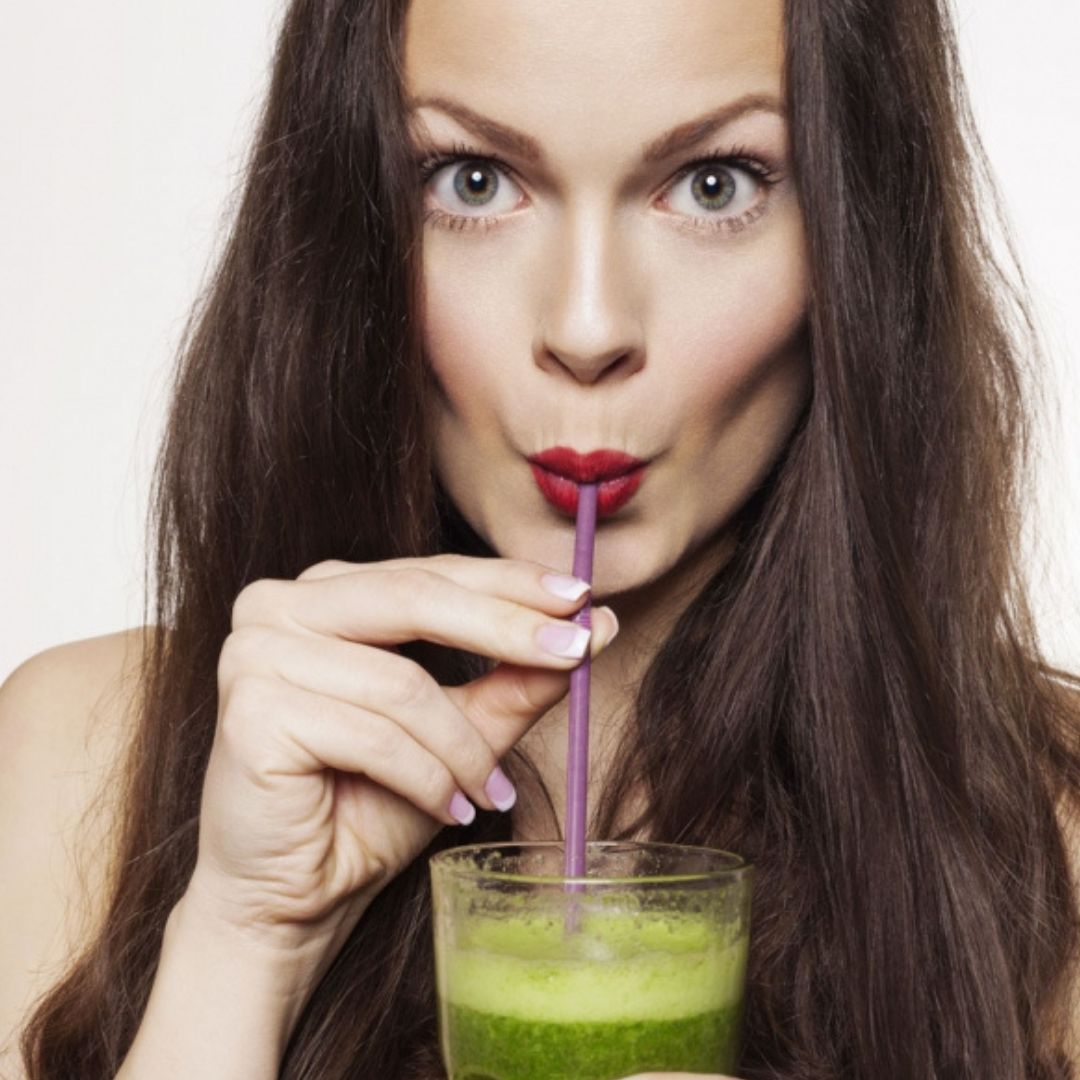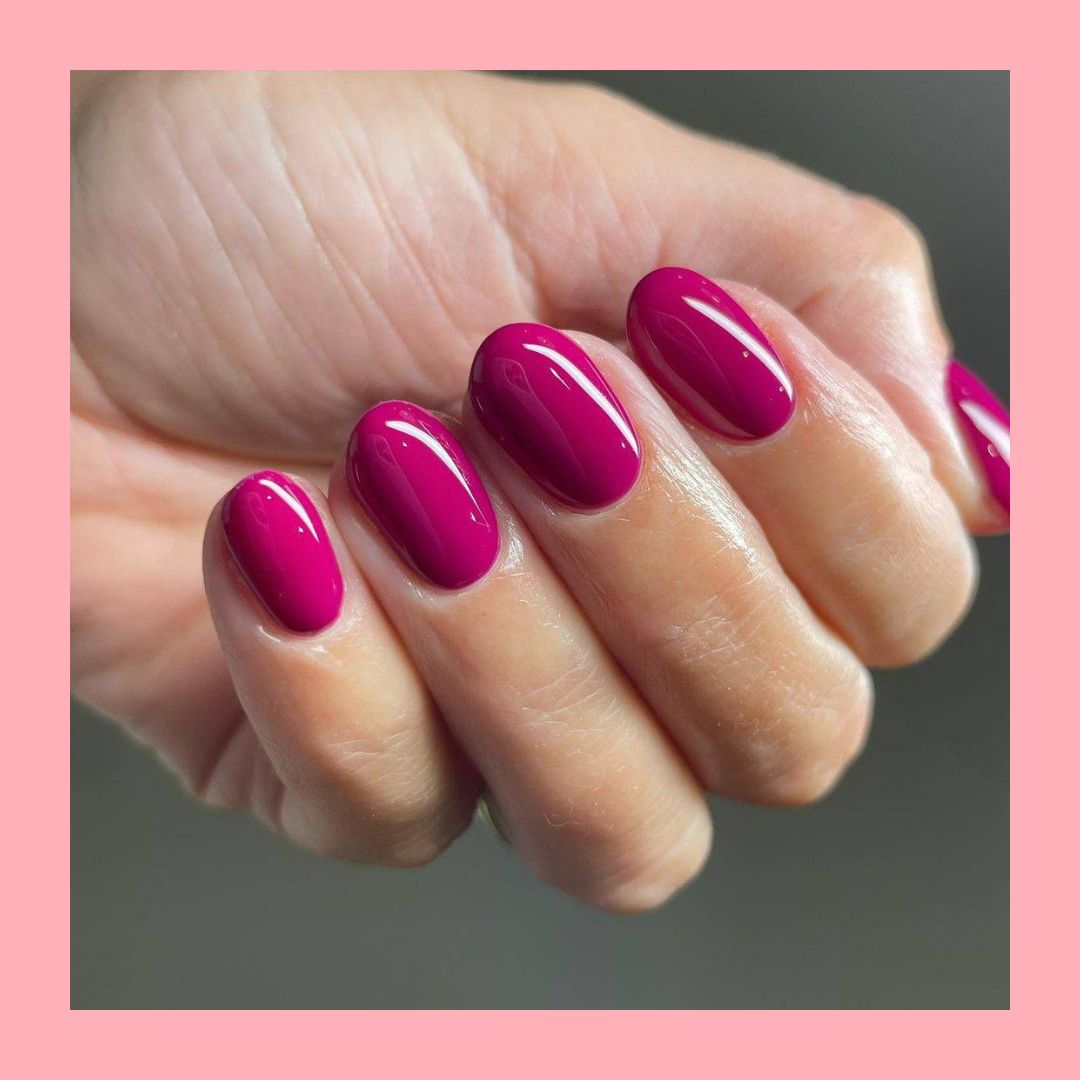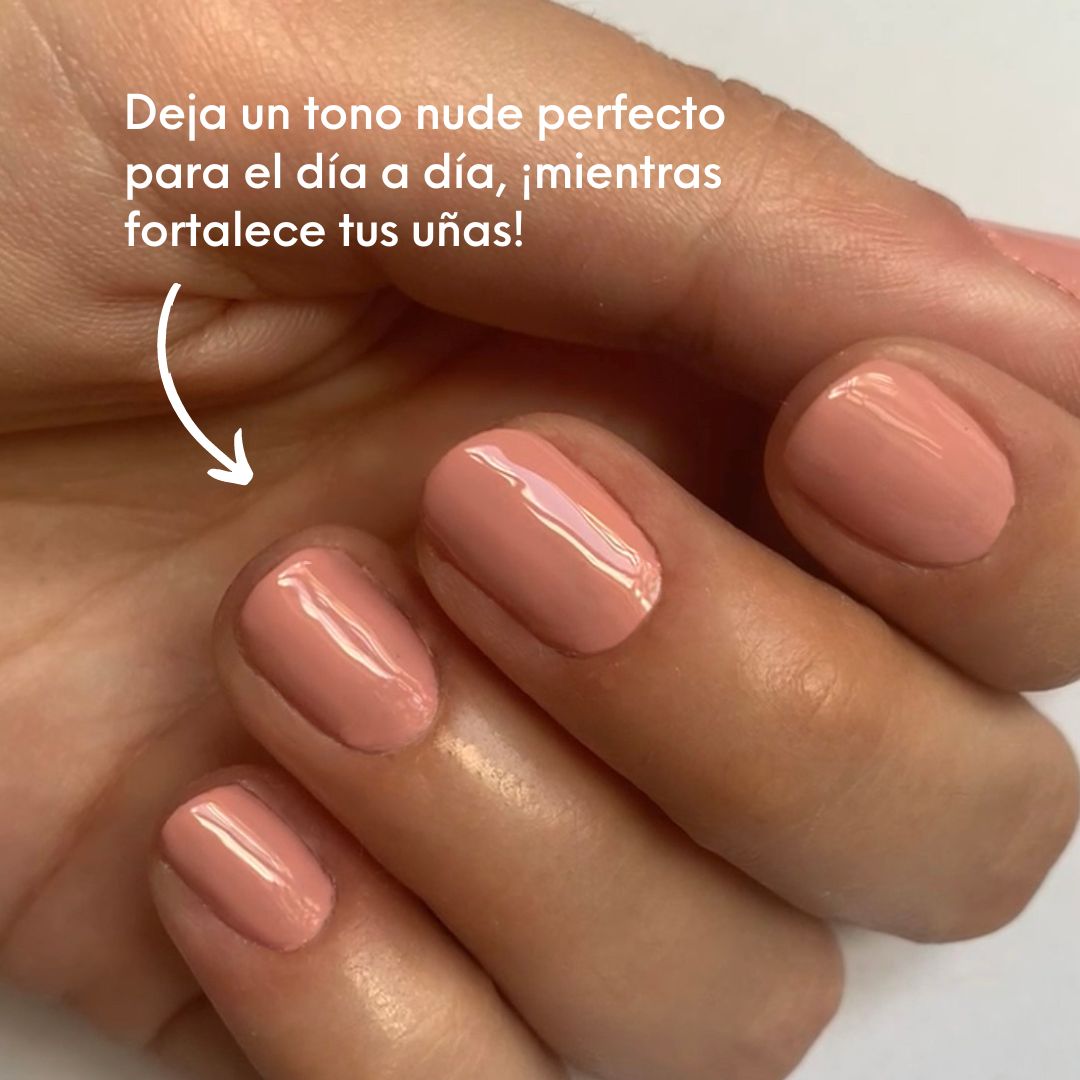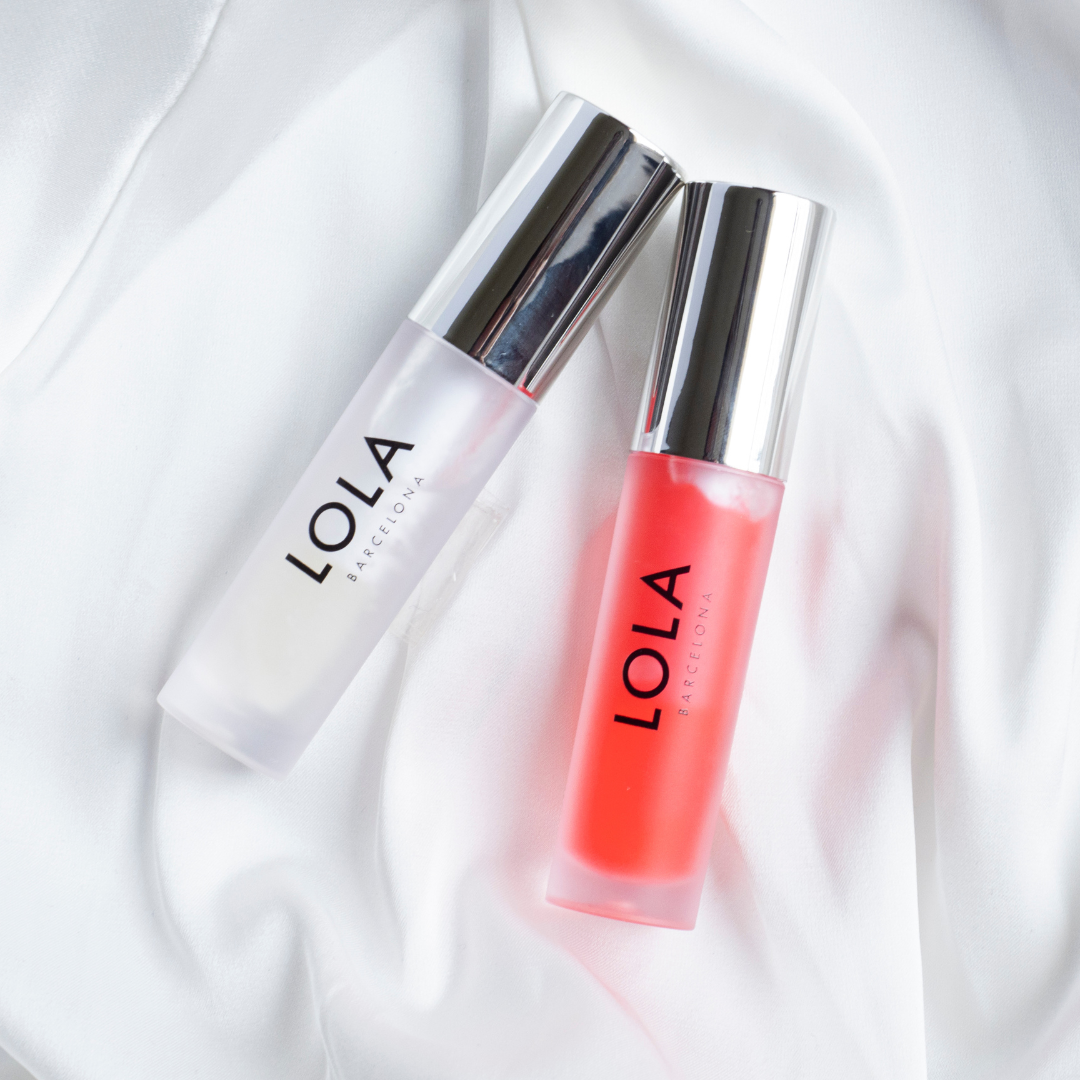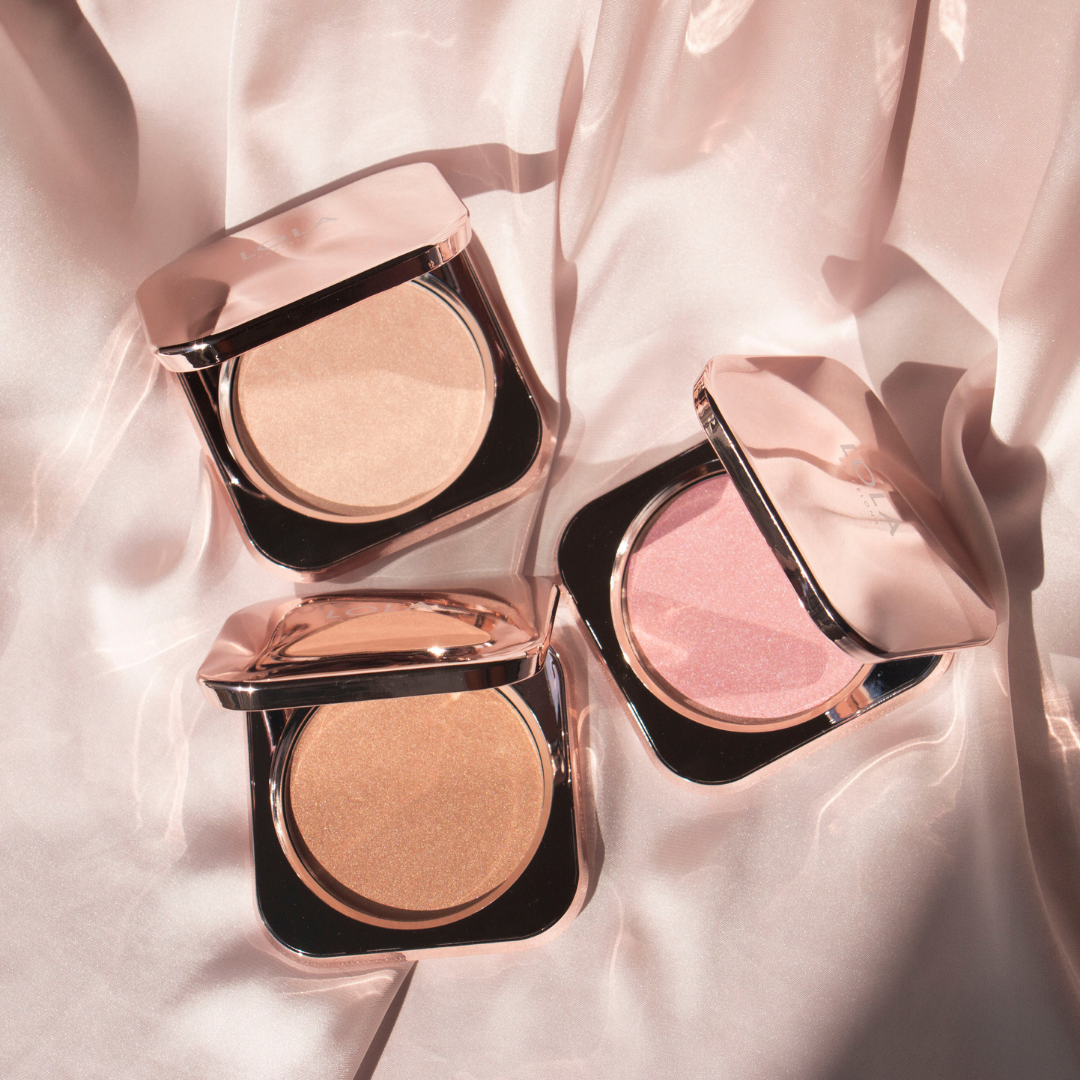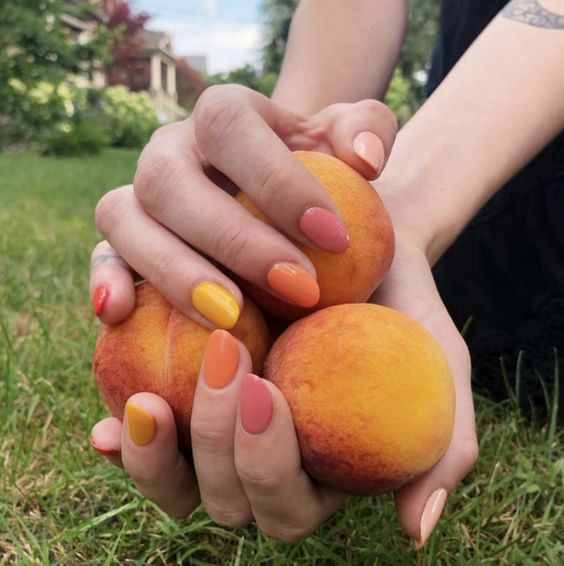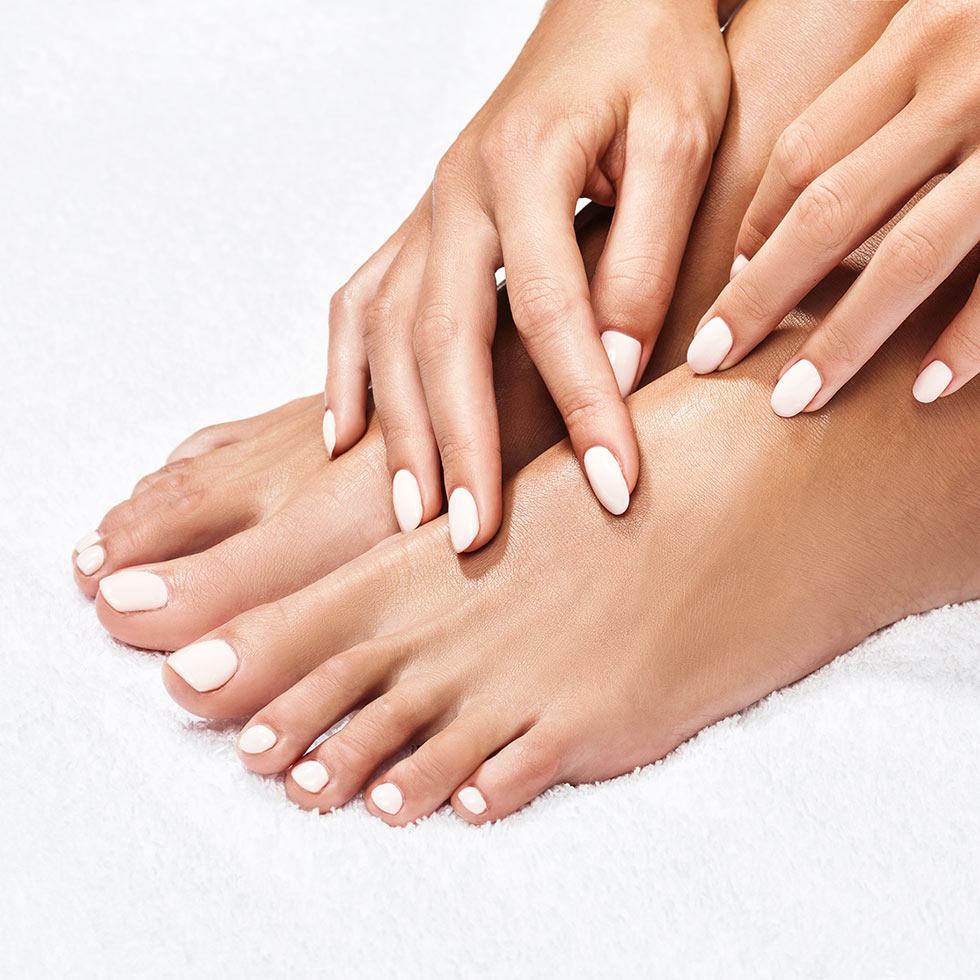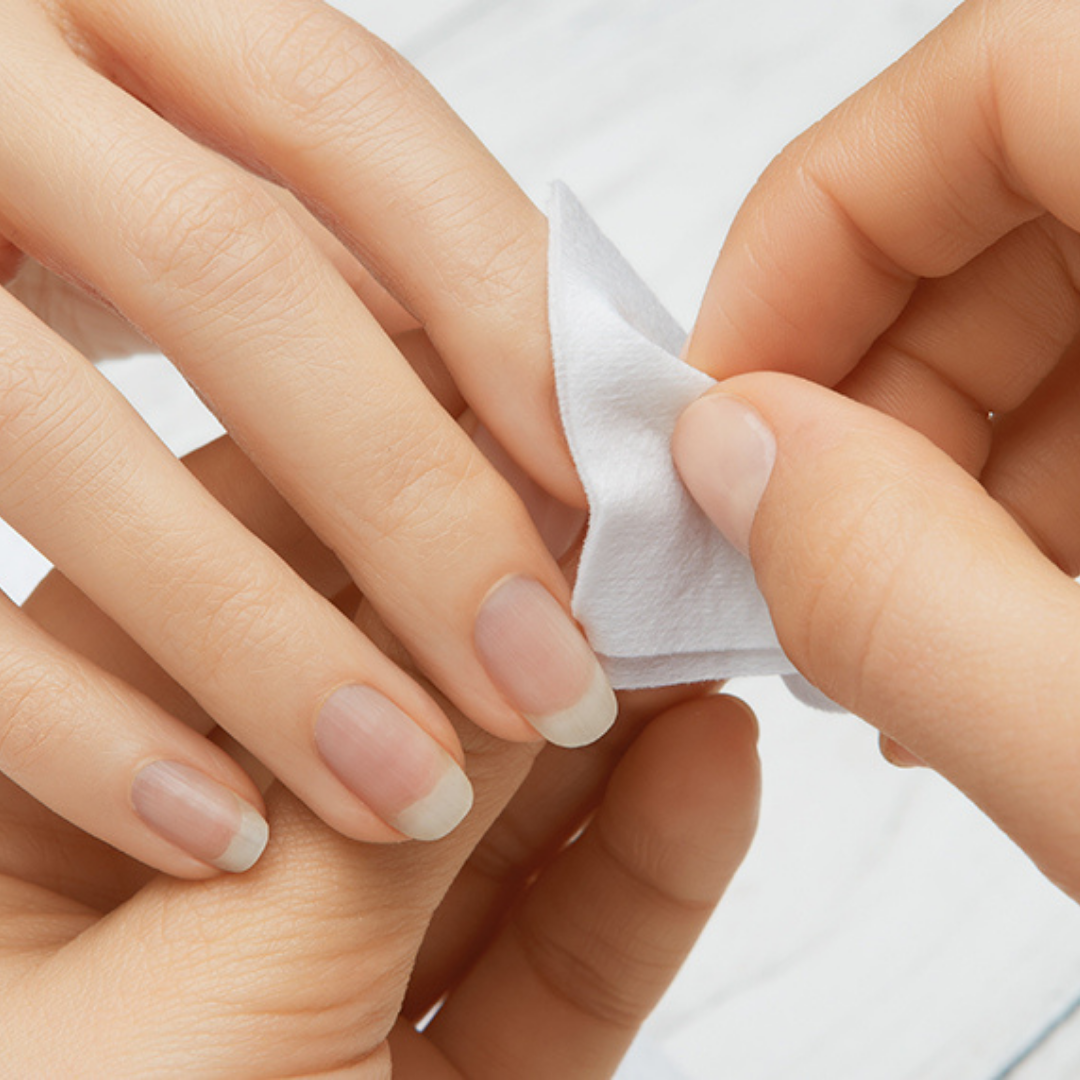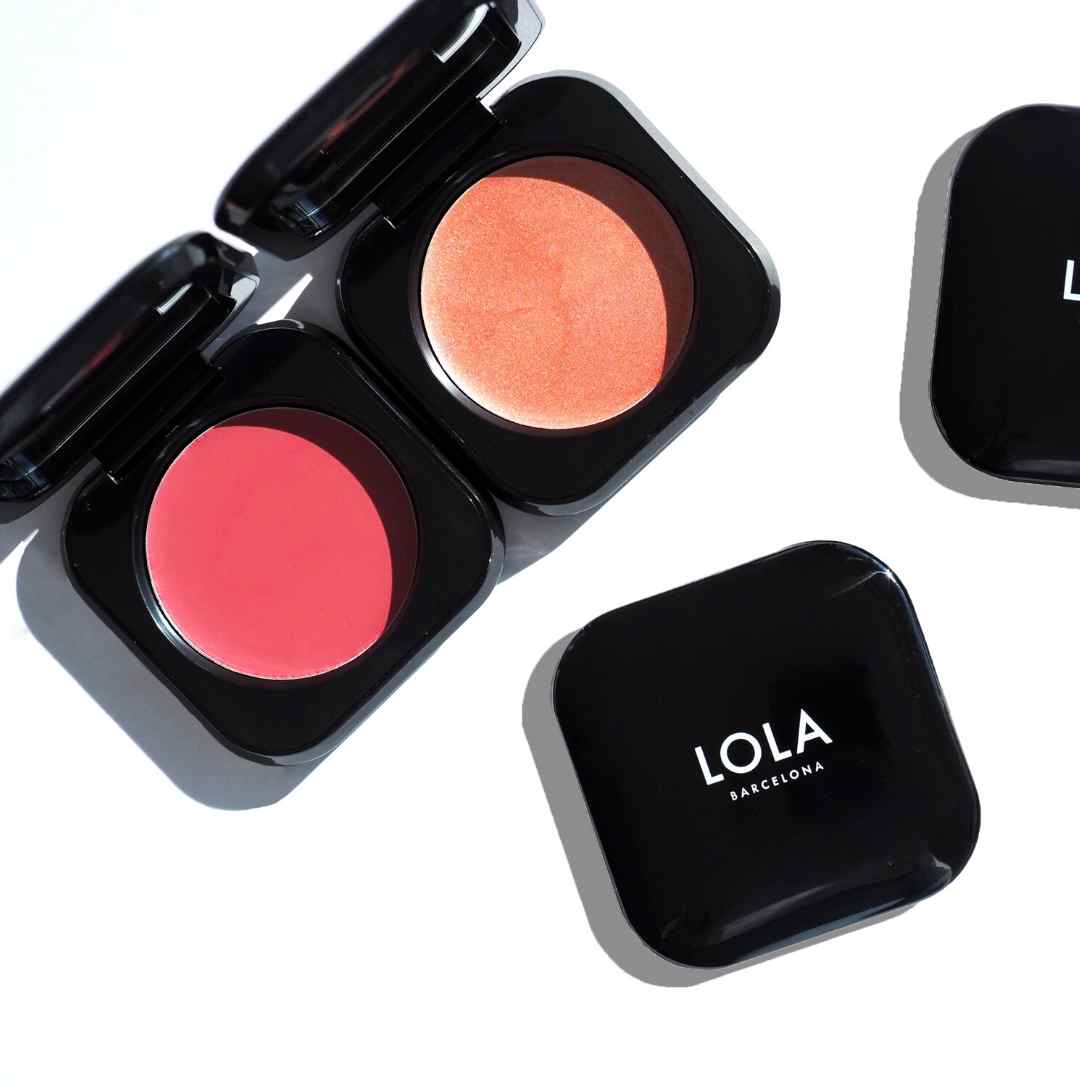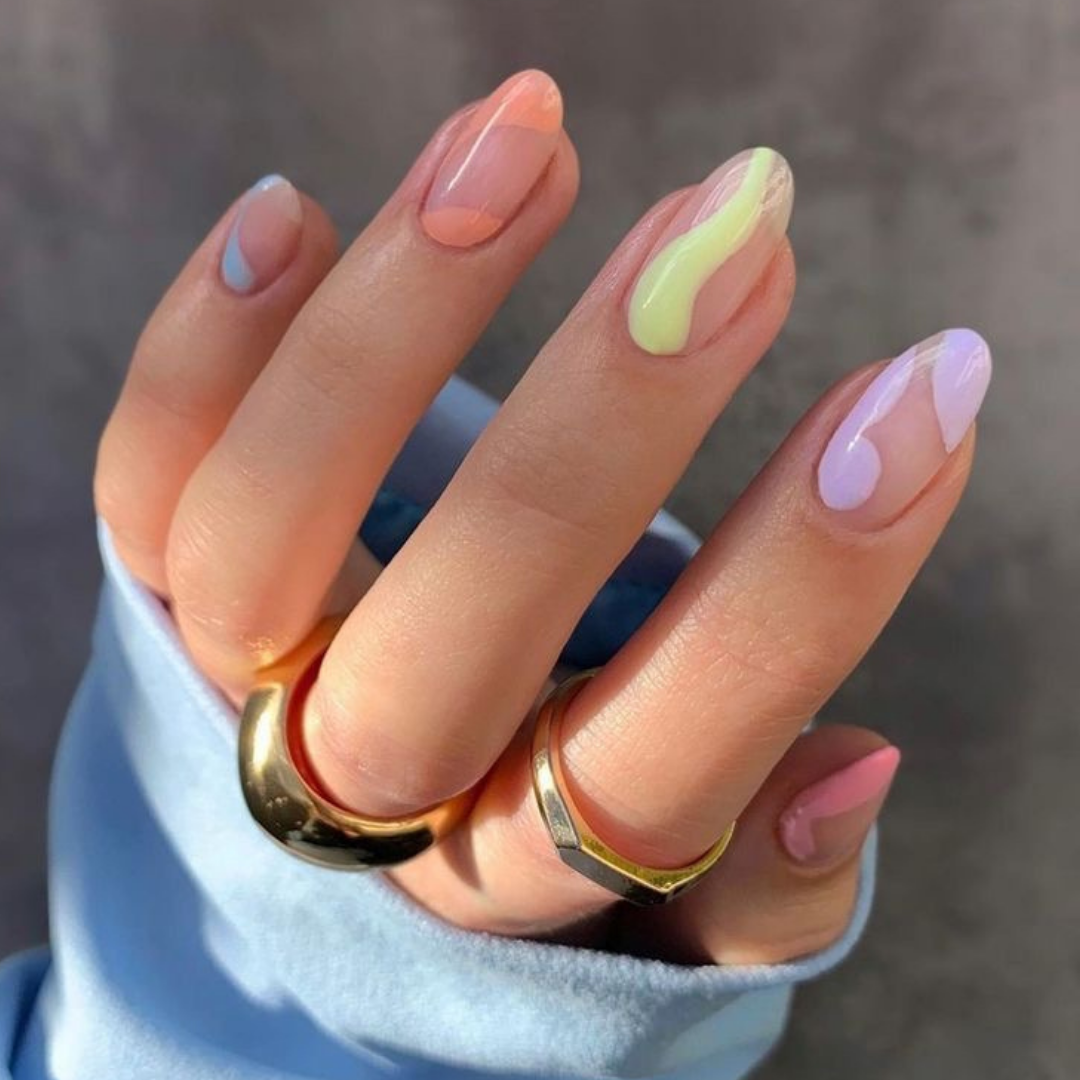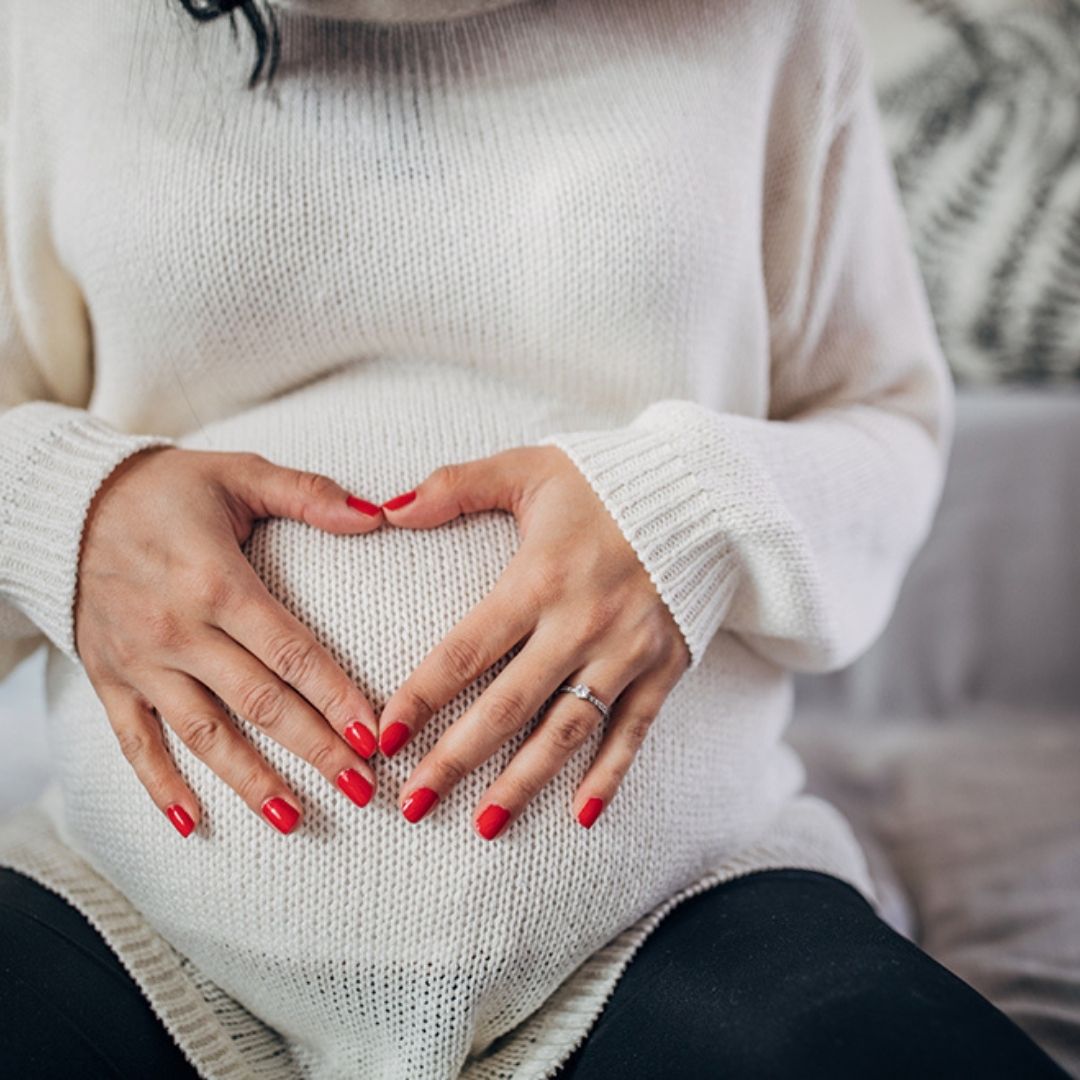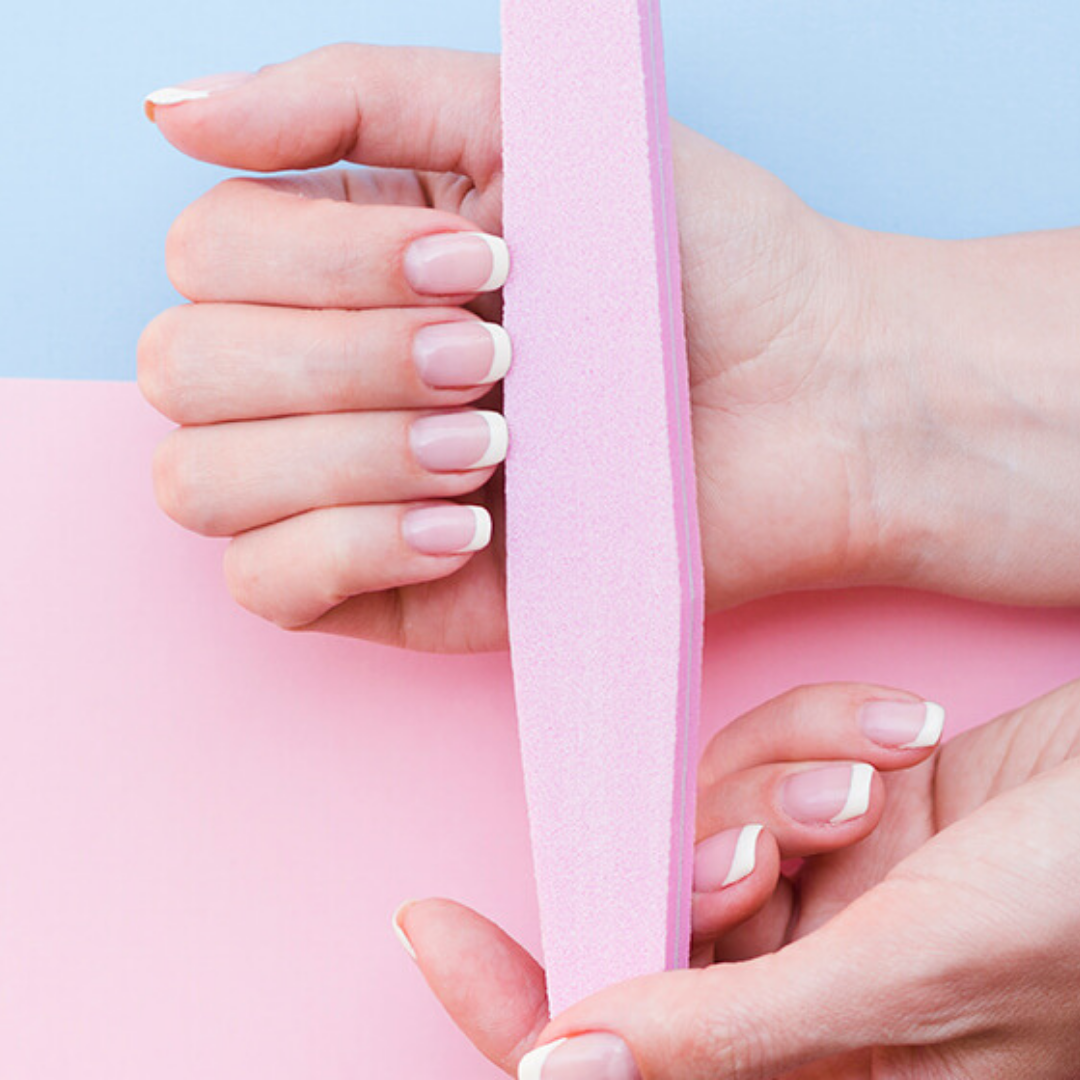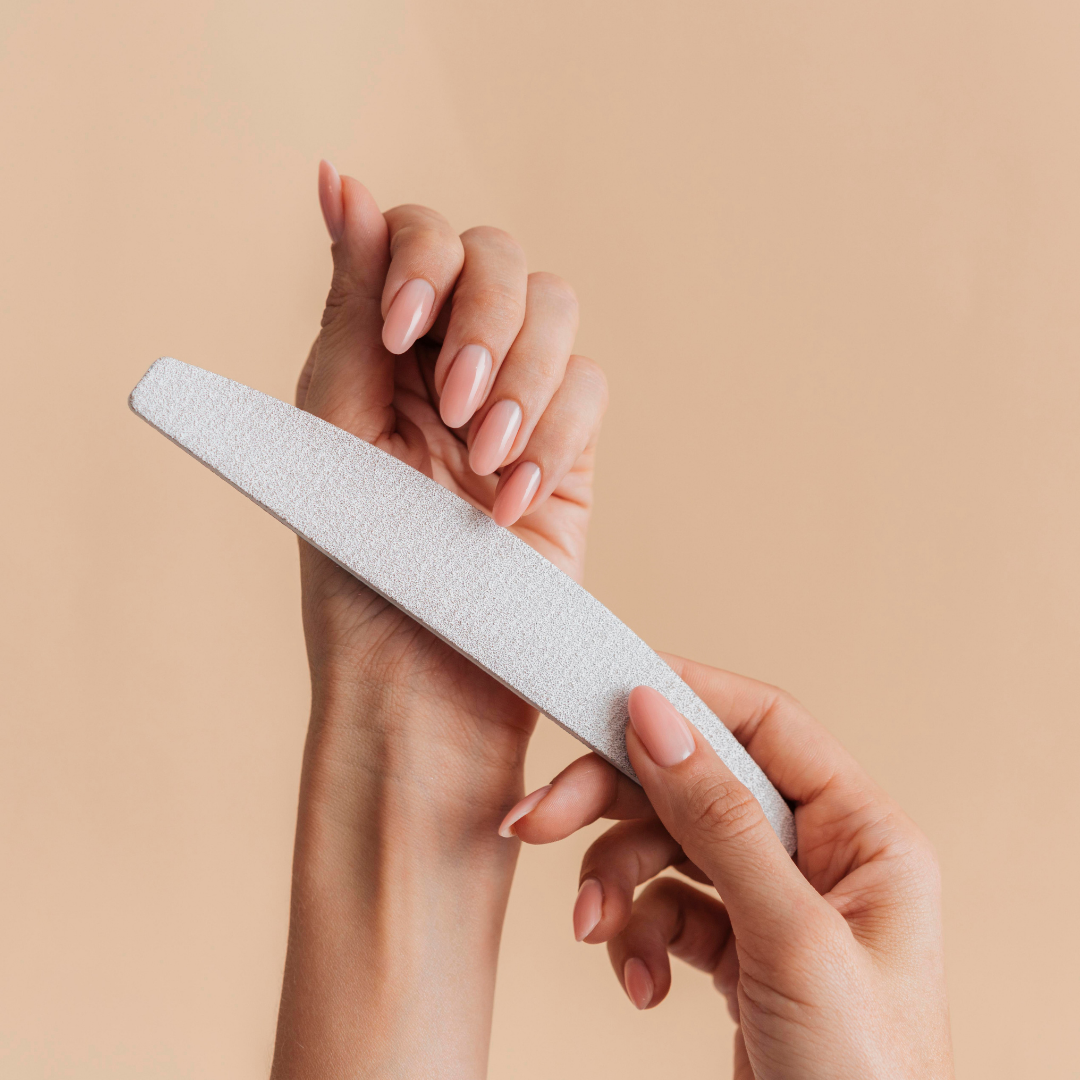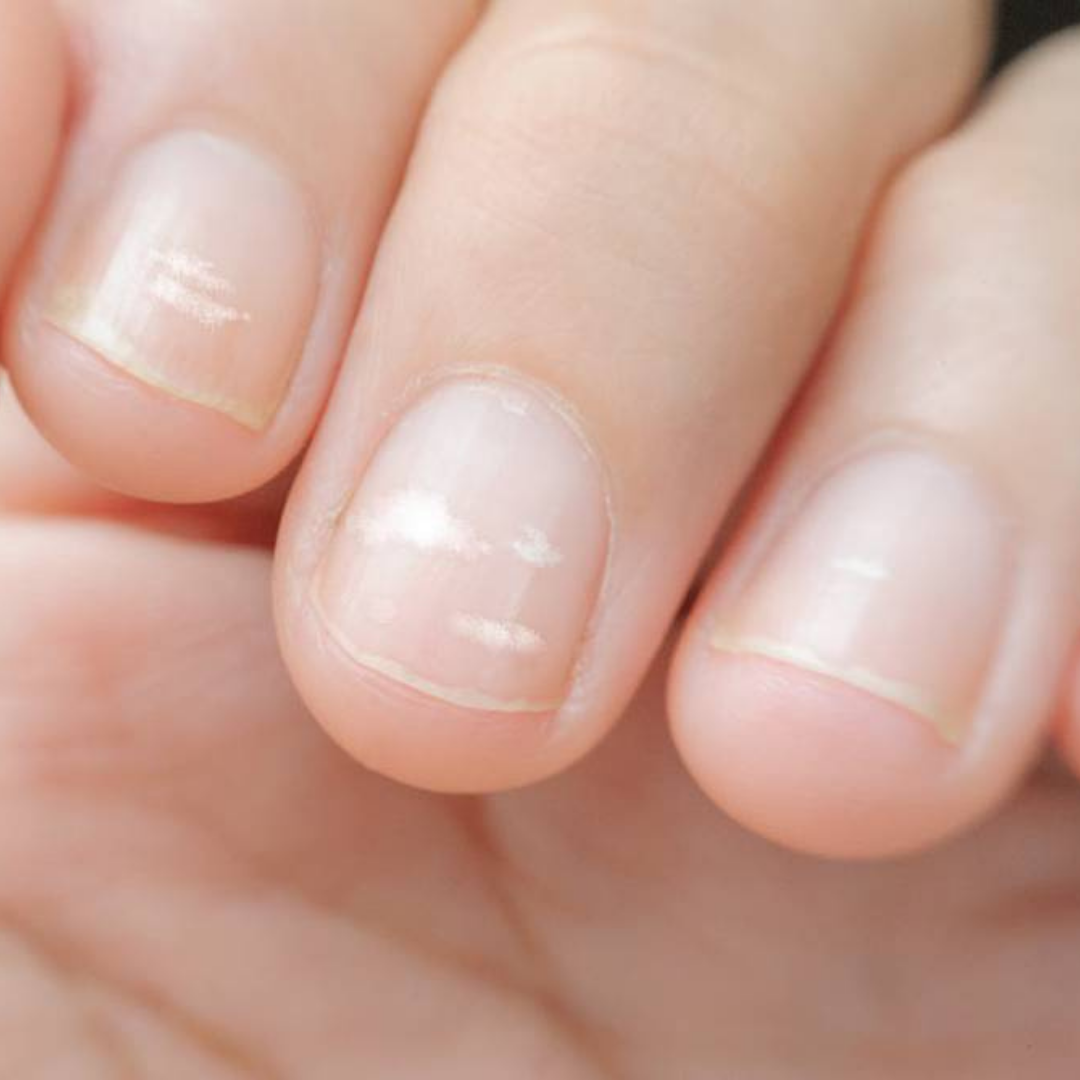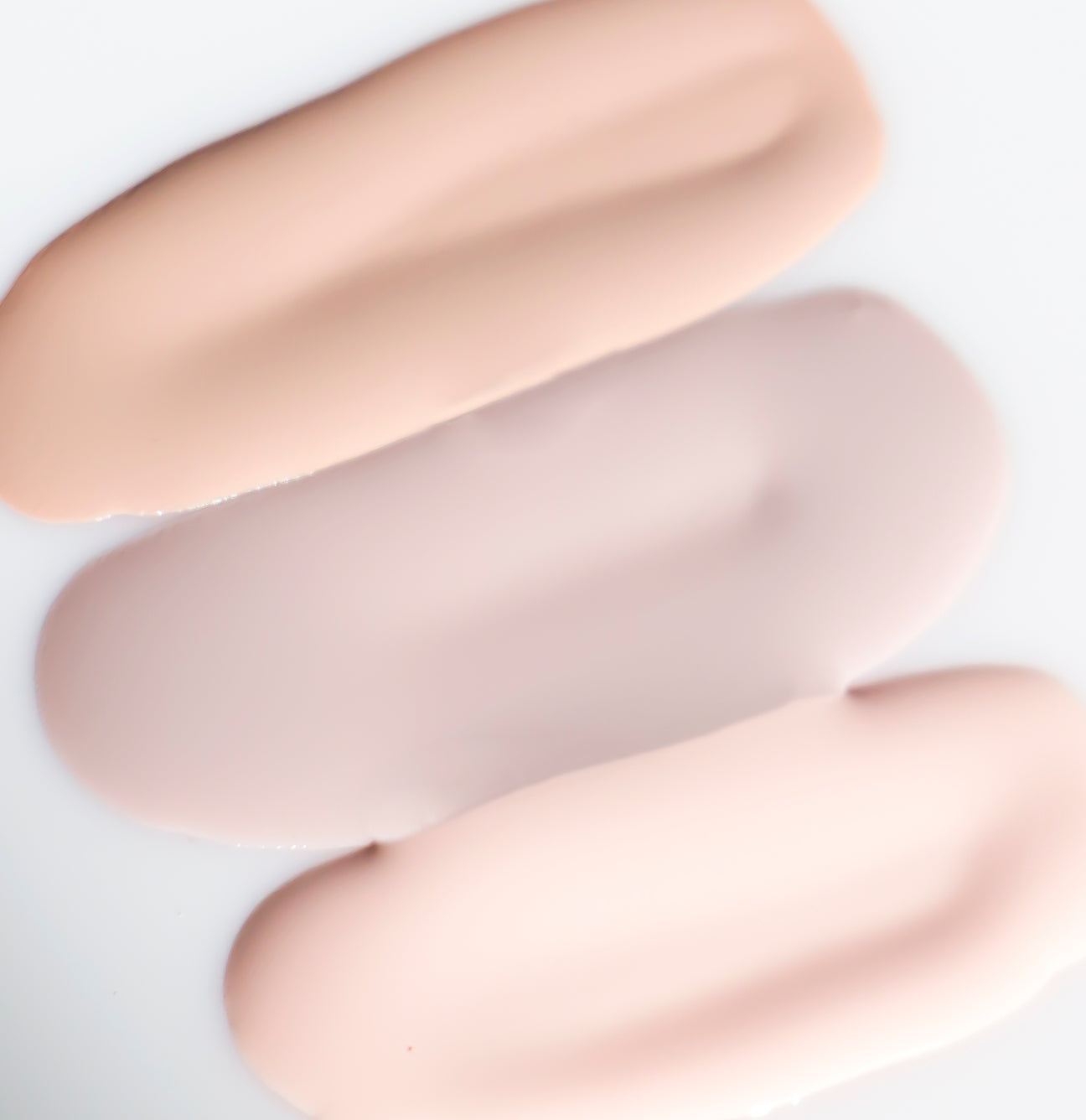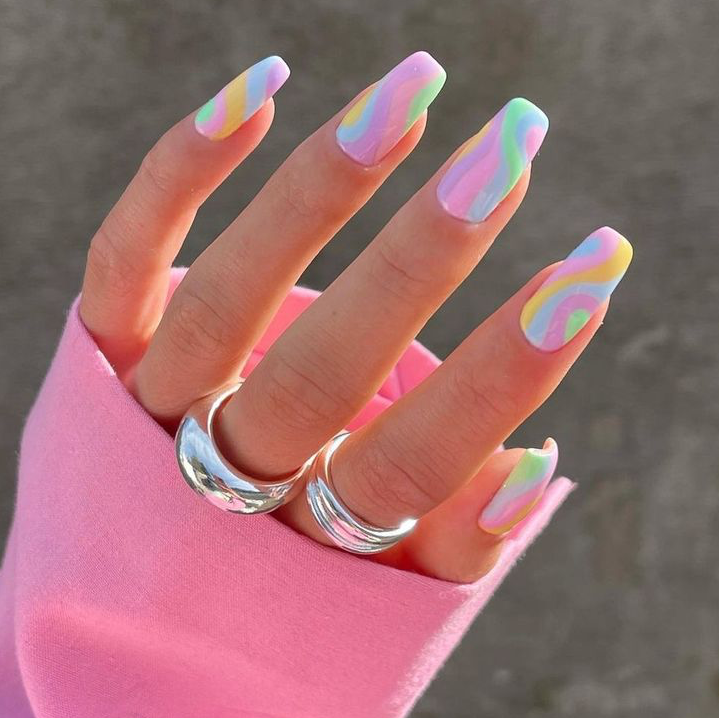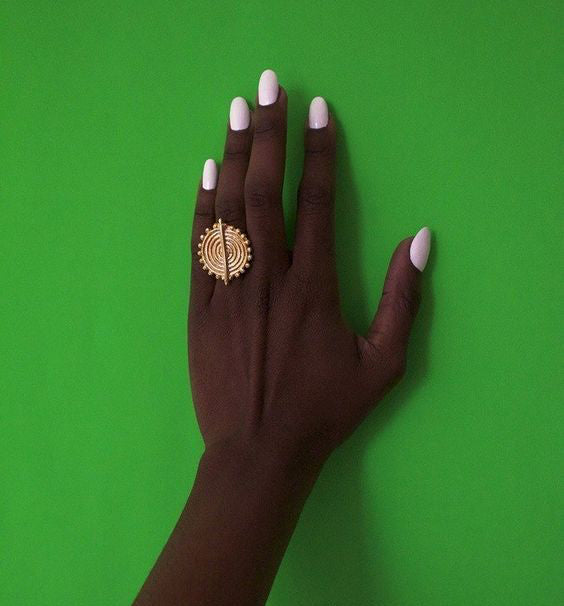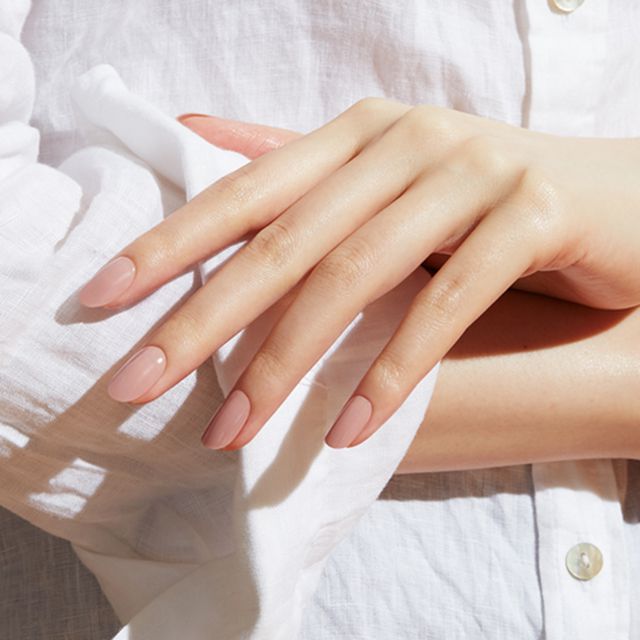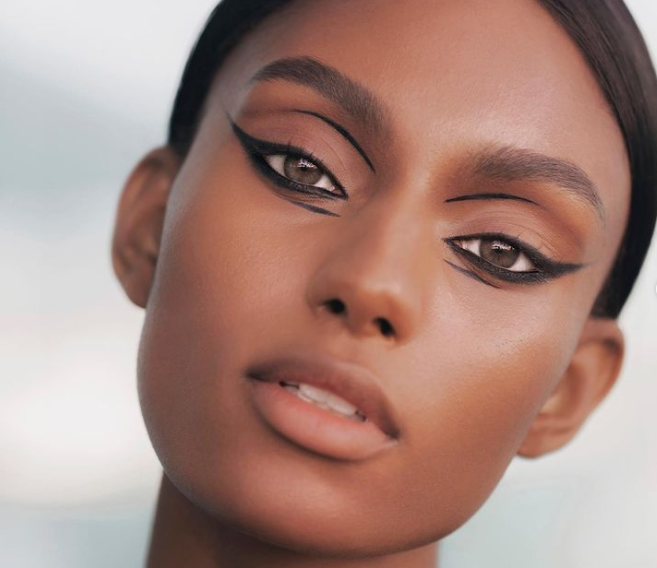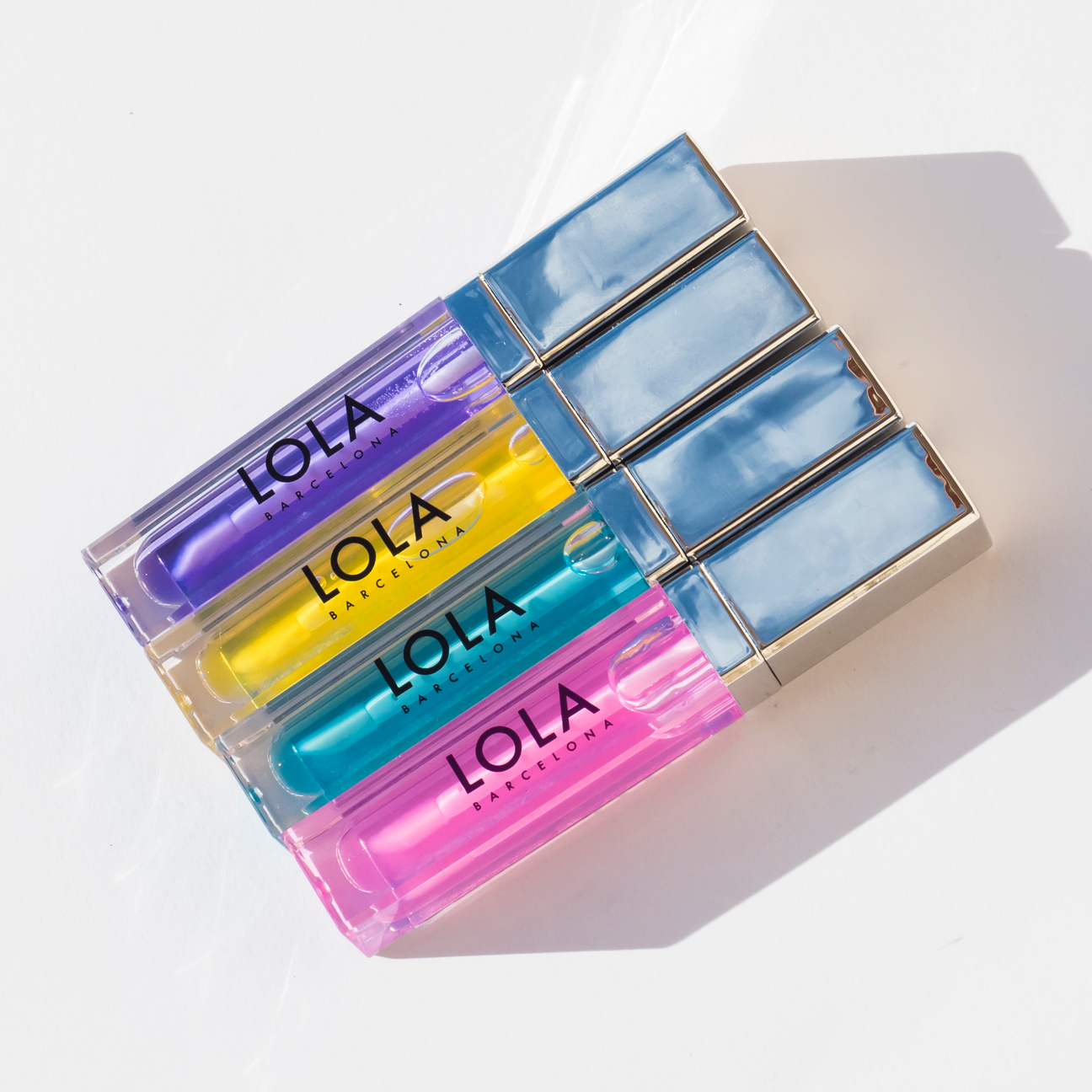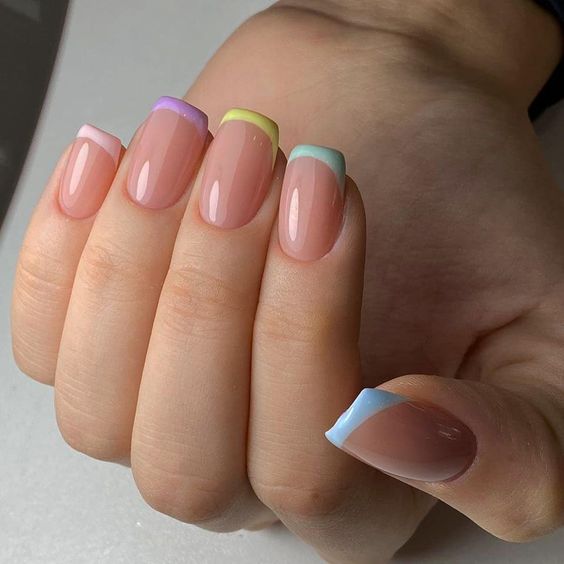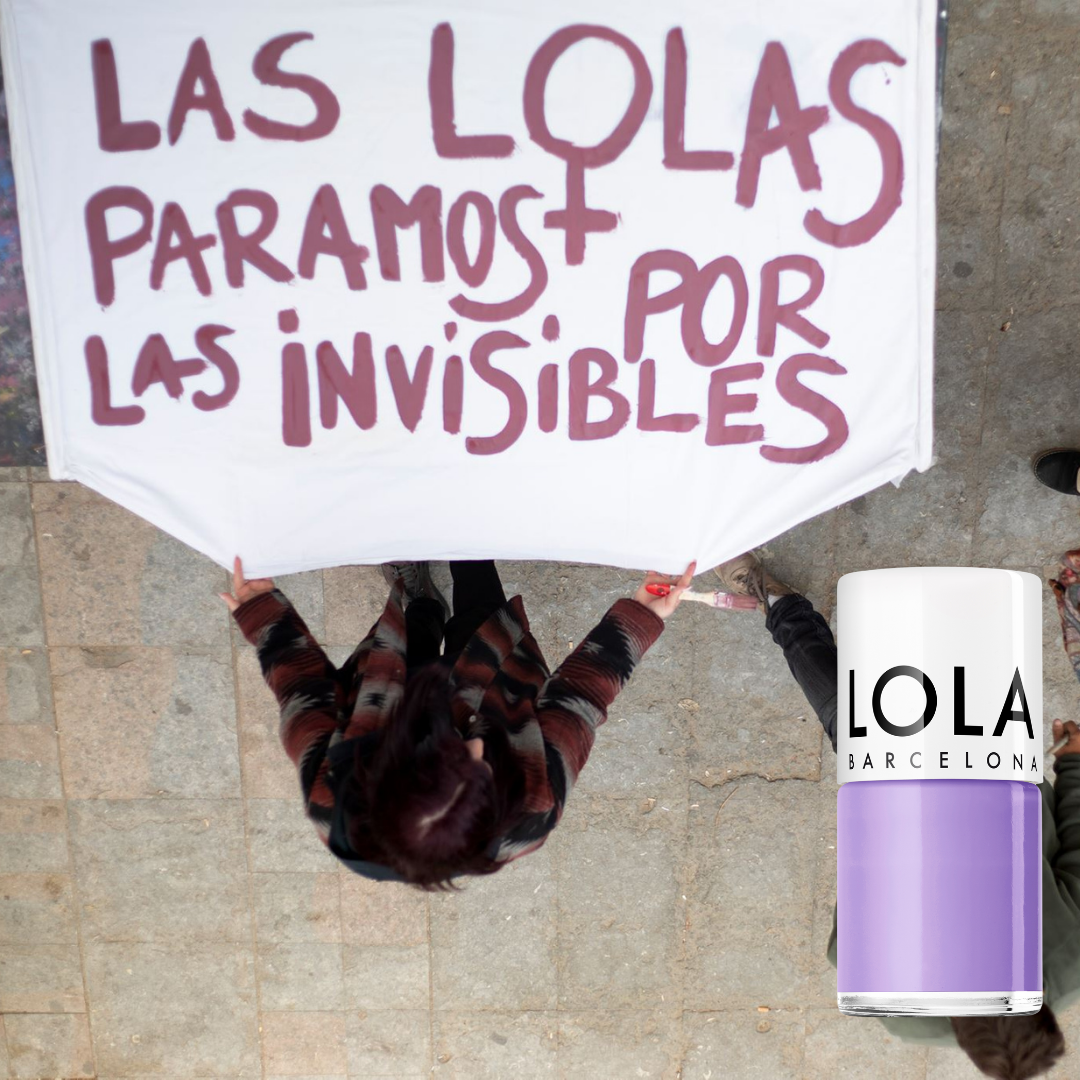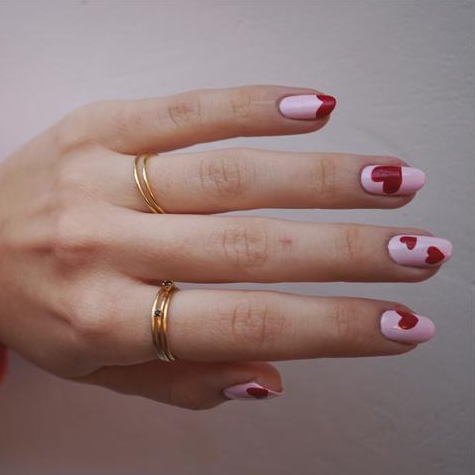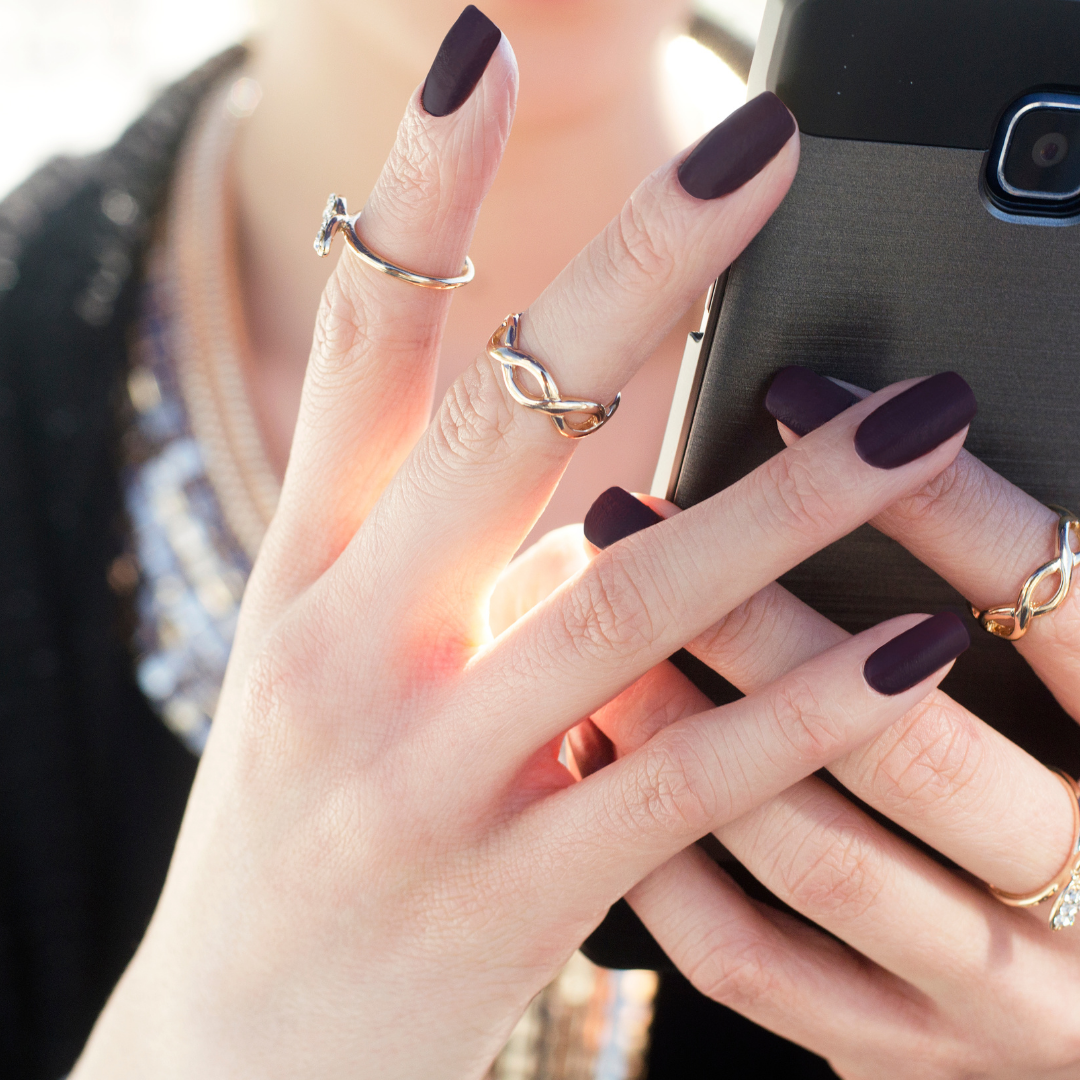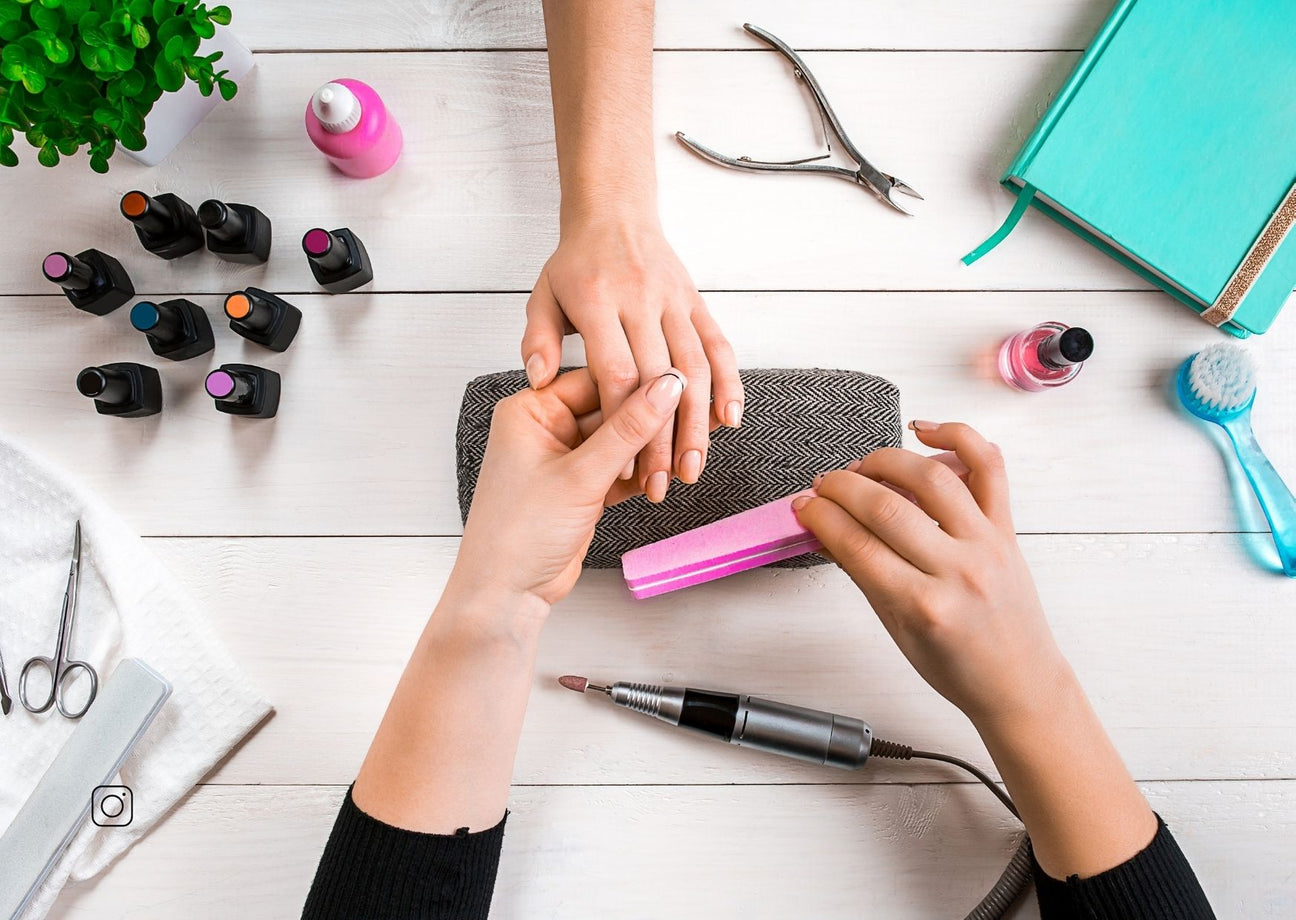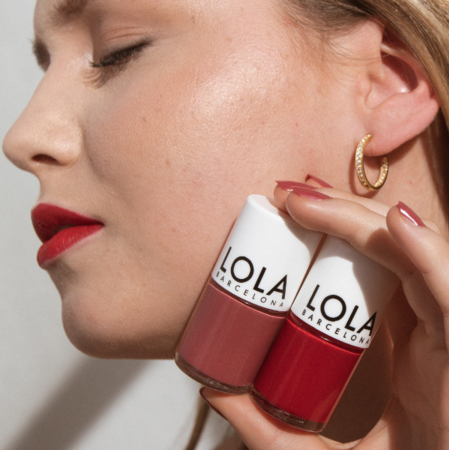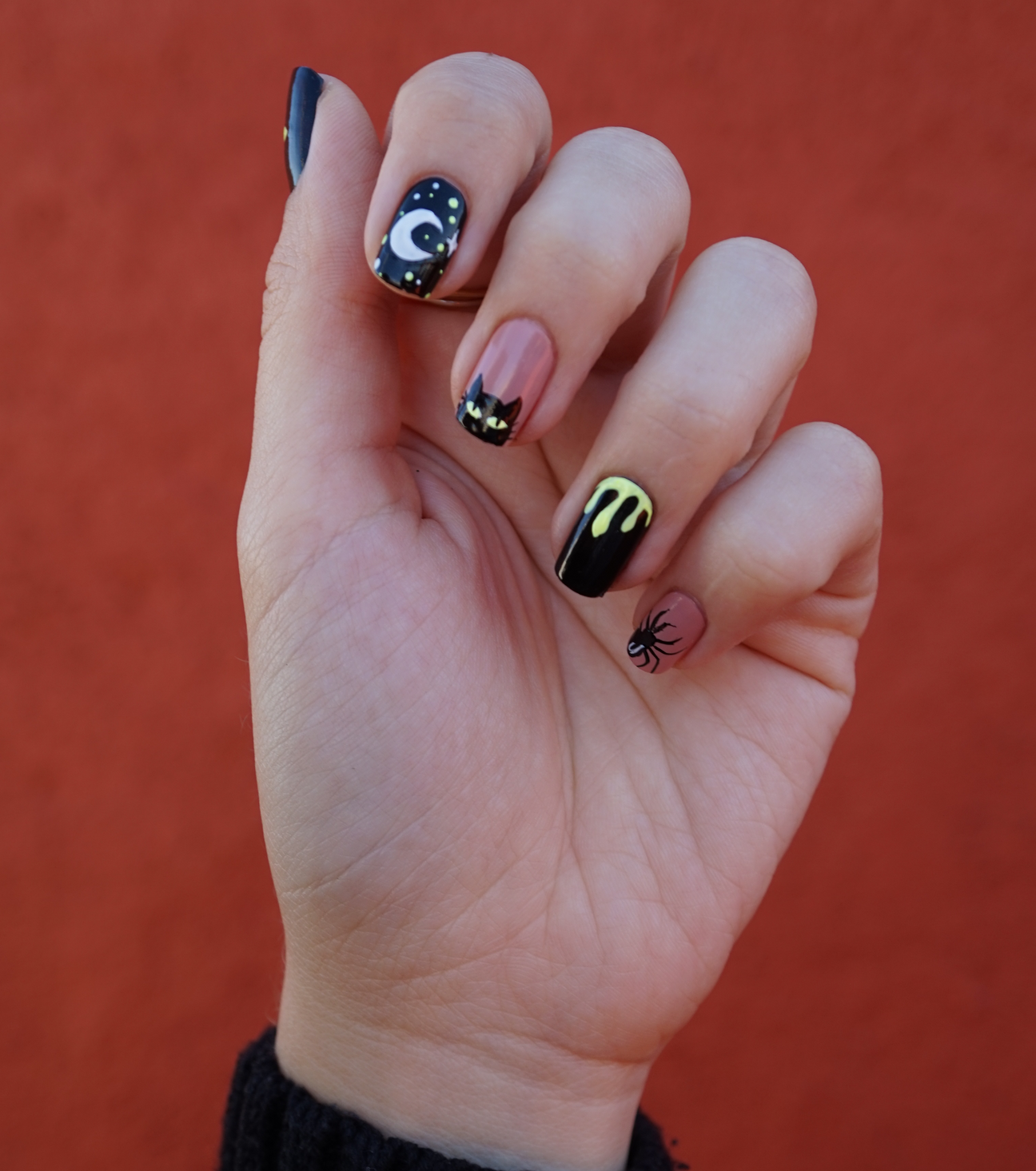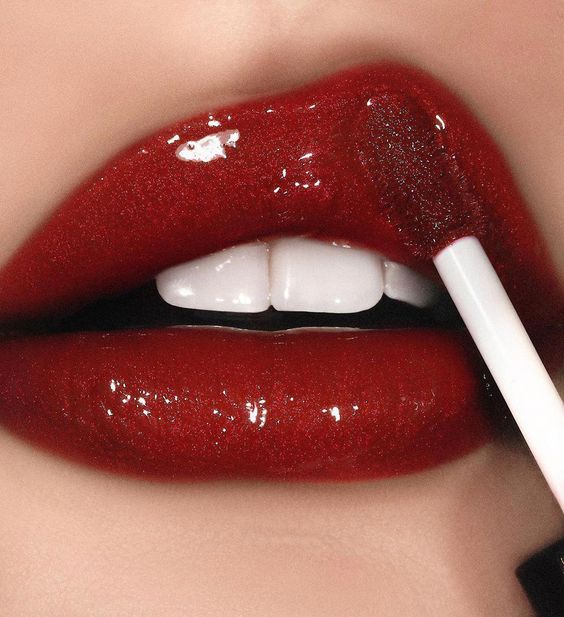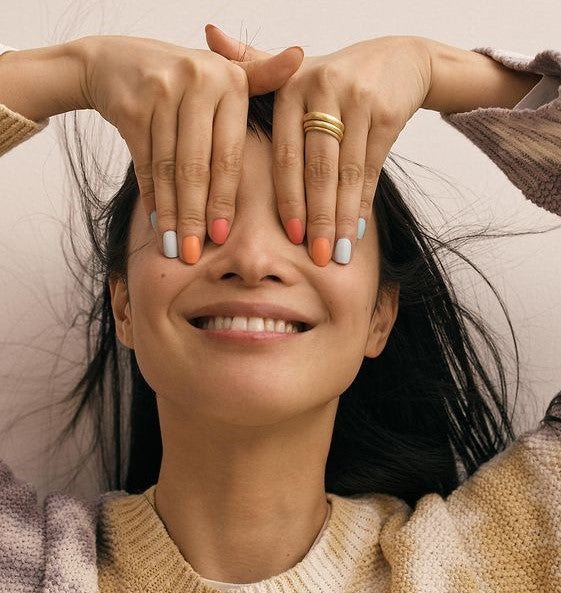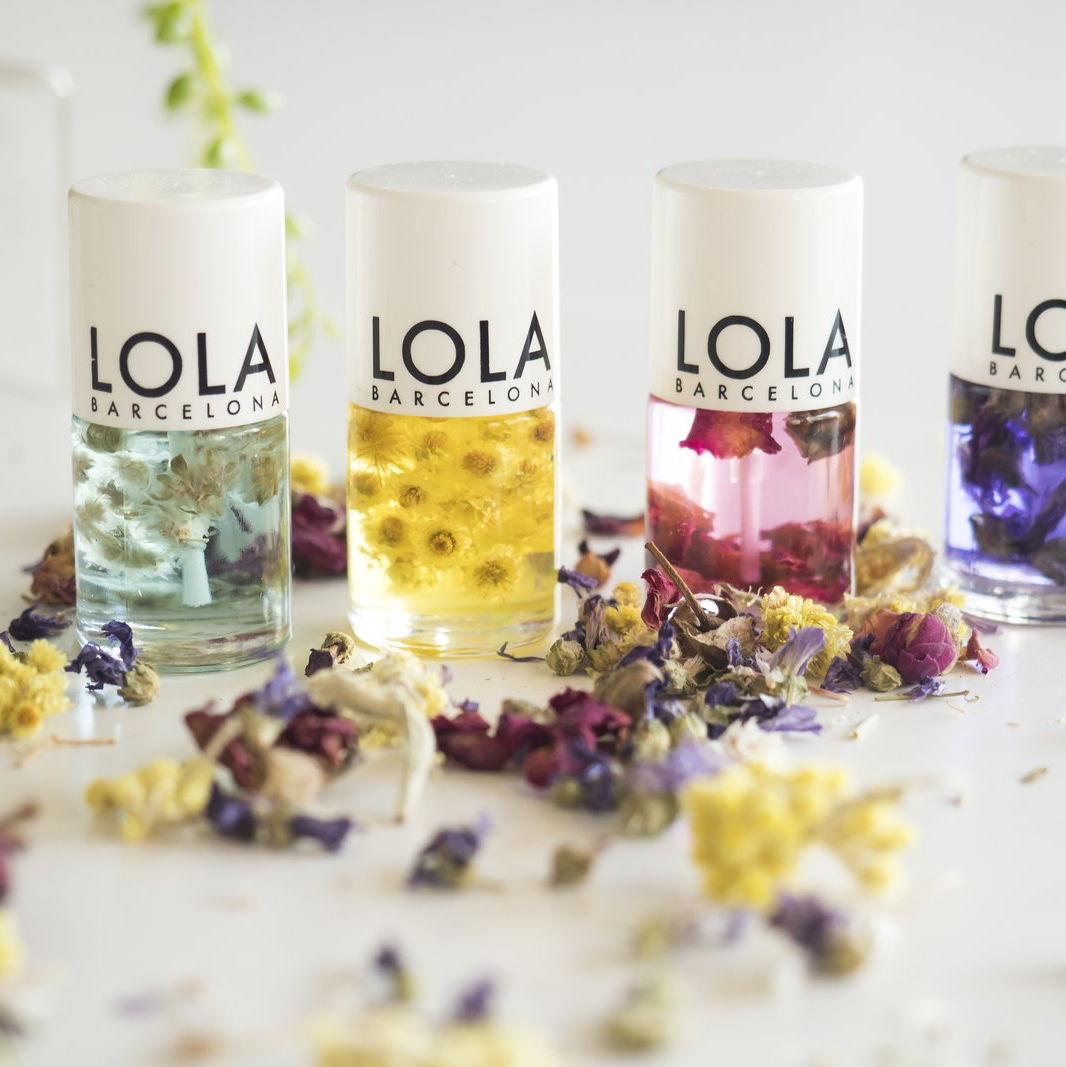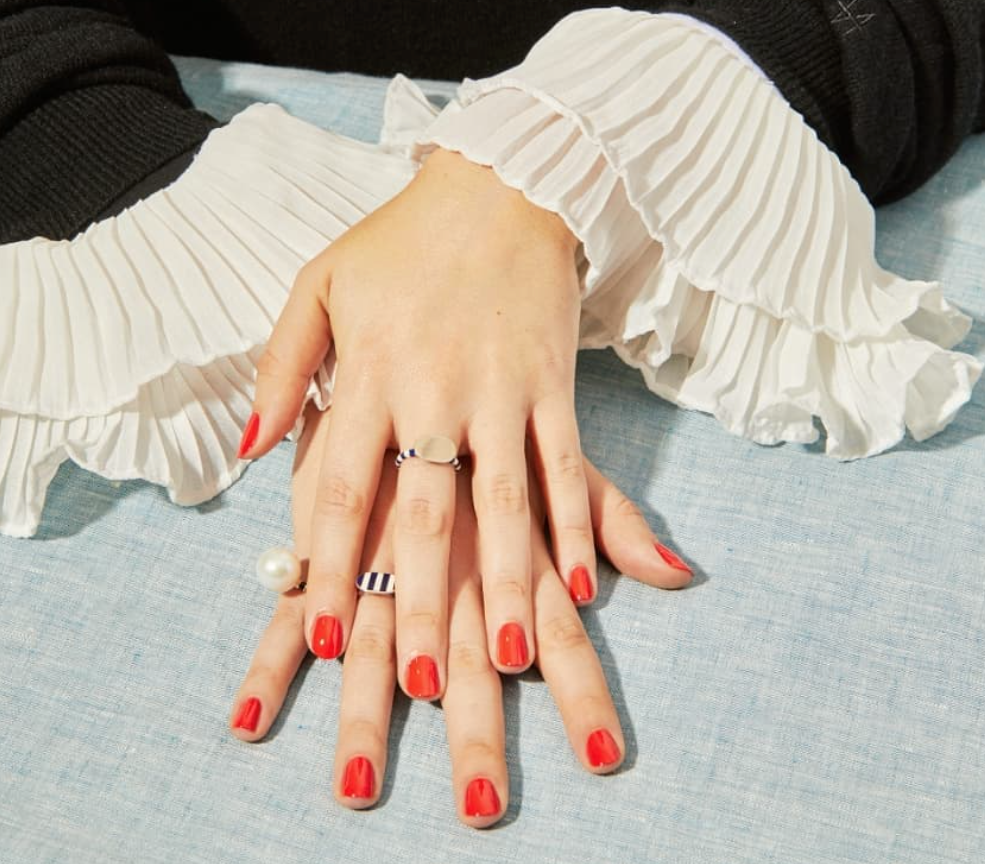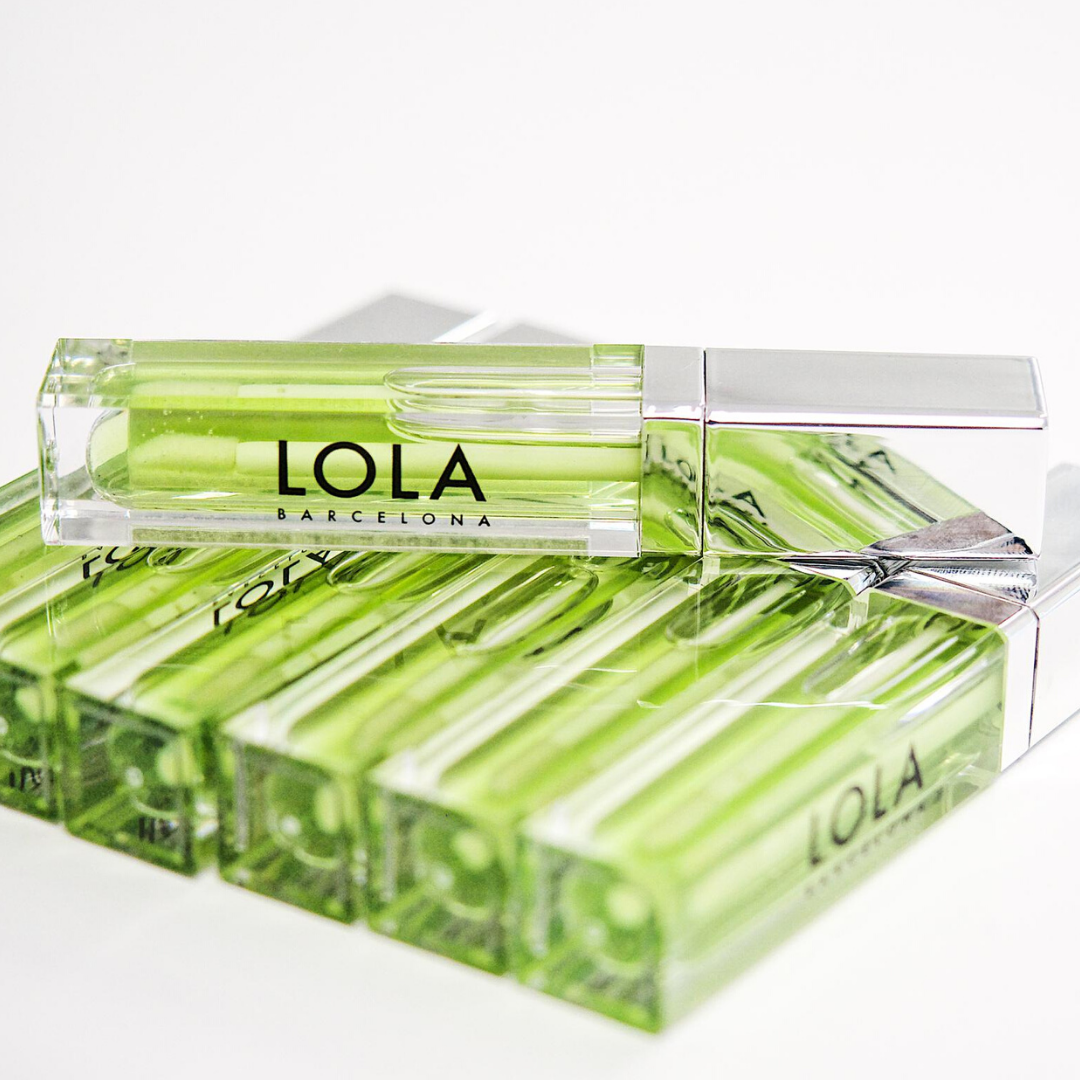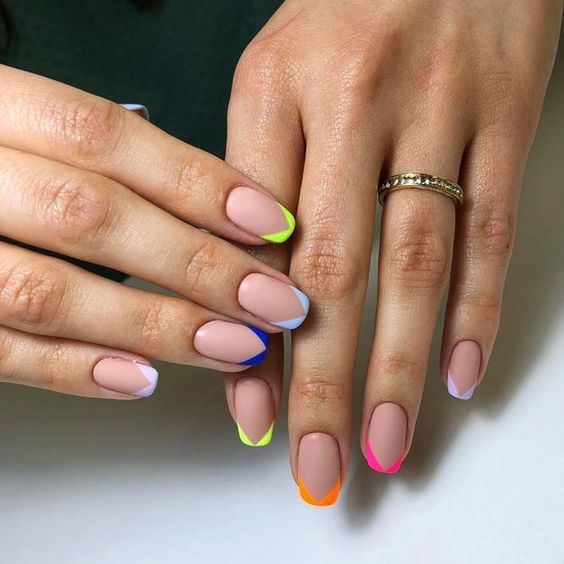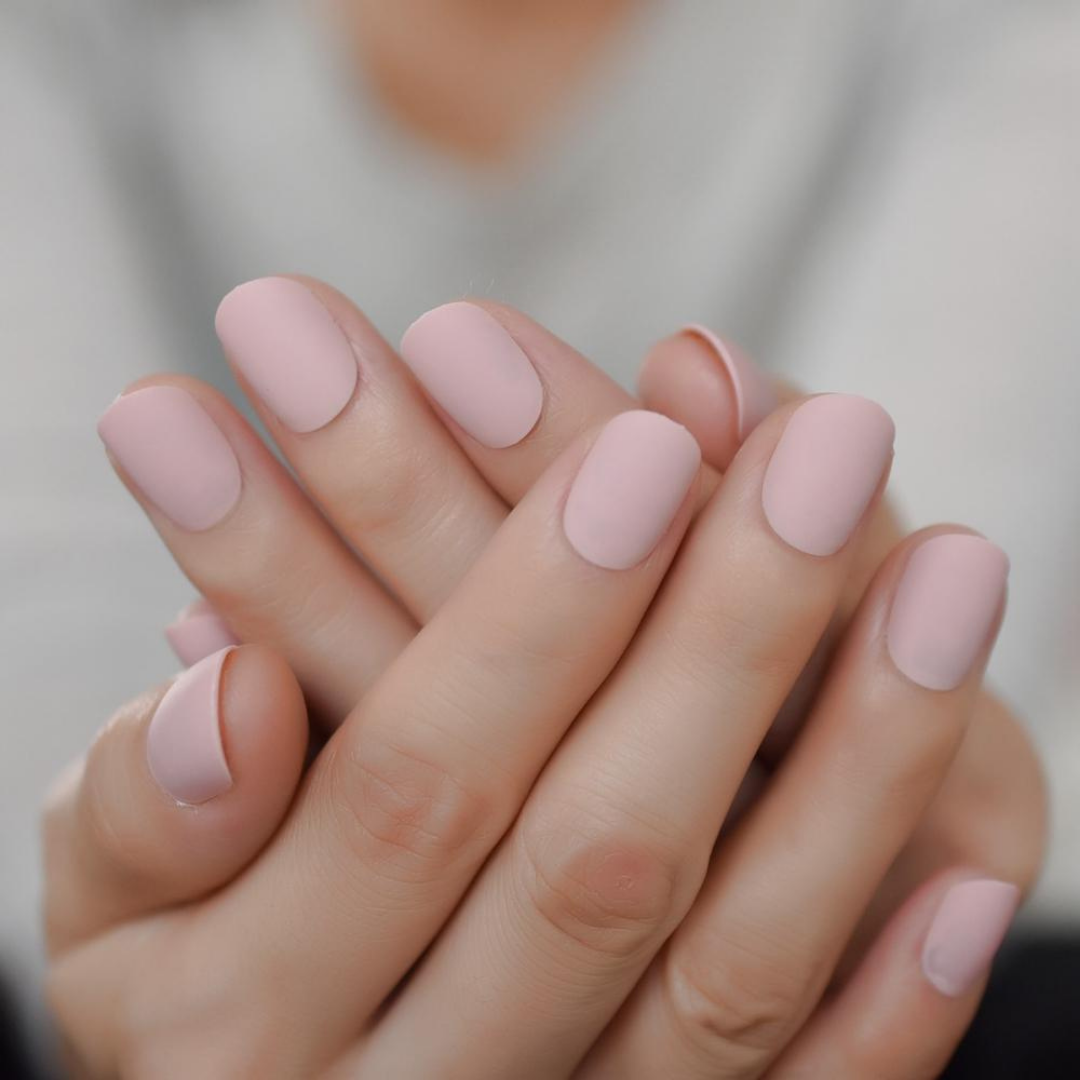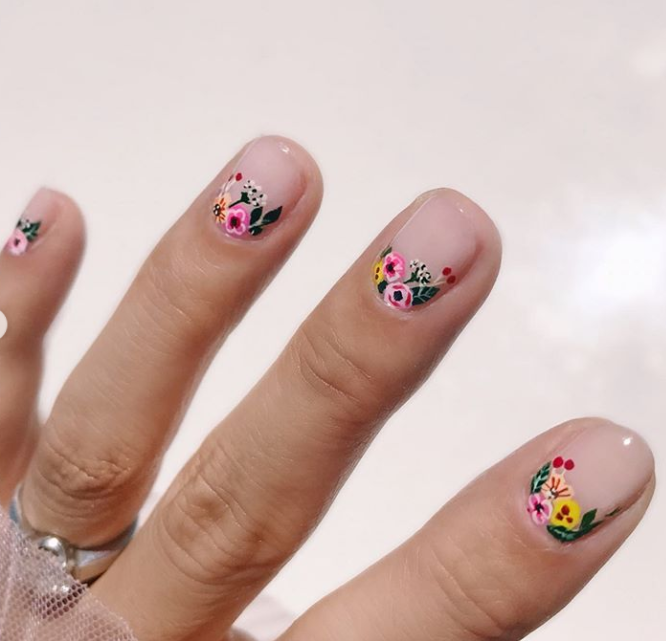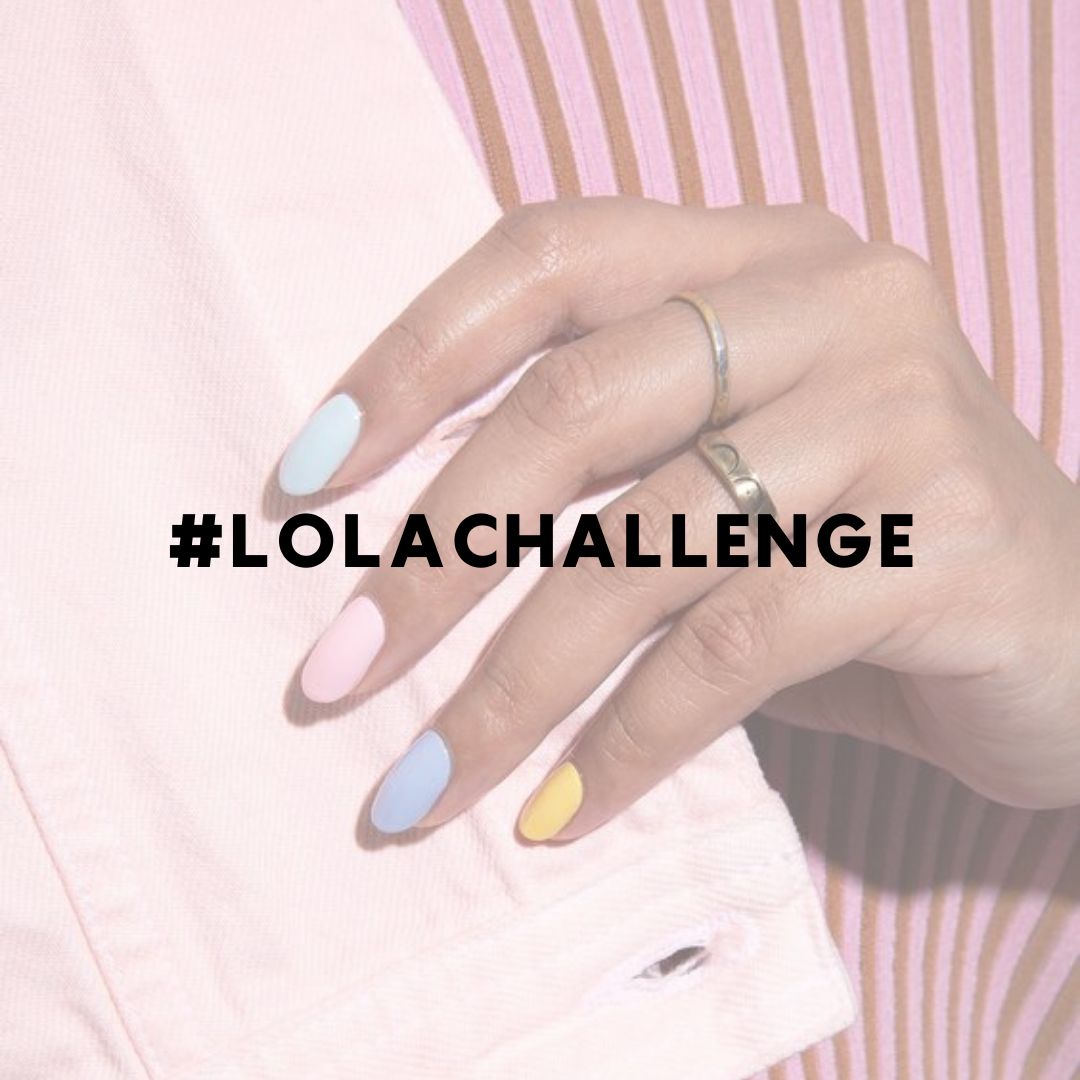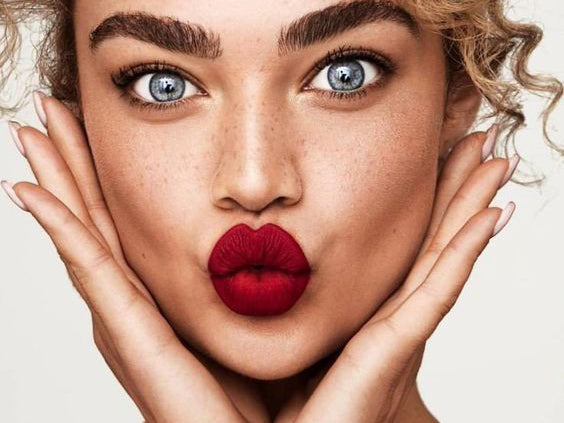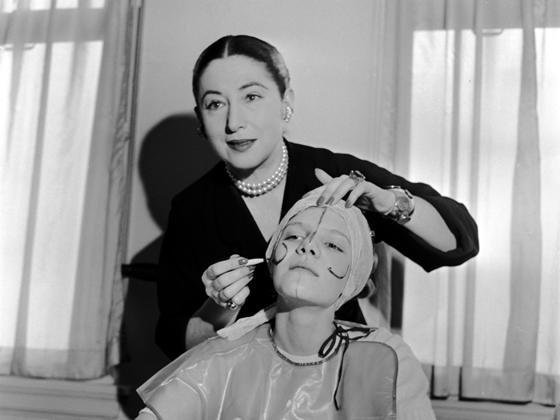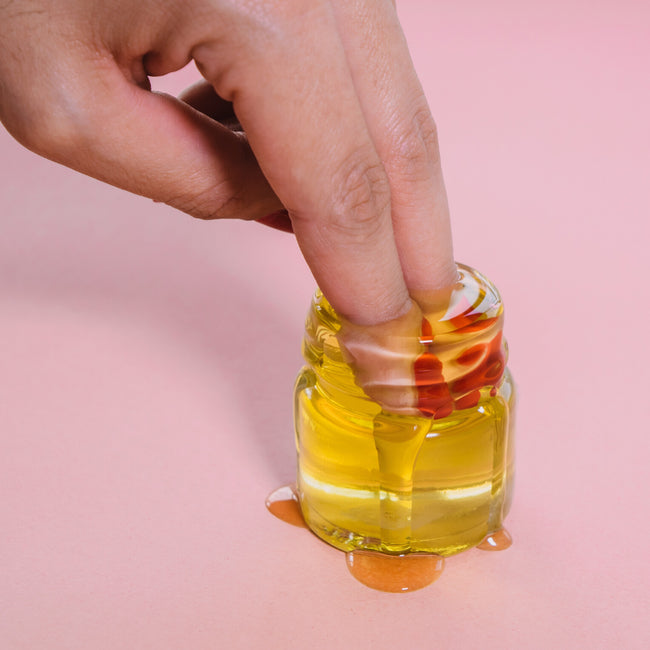You find a Marilyn red you love, a coral you've always loved, or a gorgeous garnet for a night out that you think you'll never be able to part with. You think they're ideal and perfect, that no other color like them ever existed, but... you try them on, and it happens. When you smile and show your teeth, you realize that the color, instead of whitening them, has accentuated their yellowish tone. And although it seemed like the red, coral, or garnet color would give them a stunning Hollywood white, you didn't consider the undertone, and now they look duller and lackluster.
What should be taken into account when choosing a color?
That's right, the undertone. That's the secret, and it's what will be your greatest ally. It's the one that can cancel out the stains on your teeth and highlight them until they appear much brighter and much whiter.
Knowing how to use it is like having access to instant teeth whitening, but much cheaper and faster. Let's give a quick example: when you buy a red lipstick, you think that simply because it's red, it will make your teeth super white, but it does and it doesn't. Because they have different formulas and pigments in their base , the result will be whiter teeth or yellower teeth. Why is this?
It all starts with the color wheel
It's not magic; it's the basic principles of color and its opposites on the wheel. This is where we should focus and pay special attention. Yellow with yellow is an enemy because it highlights the yellow. On the other hand, the opposite of yellow points toward the cooler, more blue, purple, and violet tones that manage to hide the yellowish tones to achieve an optical balance that makes your smile appear much whiter than it actually is.
Take a good look at the next wheel.

Now, deciding becomes much more important. It's about playing and combining to avoid highlighting what makes us feel most uncomfortable and accentuate those parts that empower us and make us feel most beautiful.
What colors should I try?
Avoid orange colors ; they'll dull your smile. Instead, opt for shades that are the opposite and that incorporate blue or violet pigments in their bases.
Blue tones cancel out orange or yellow tones when juxtaposed , so just have fun with this rule when choosing any lipstick because it's the only way to avoid mistakes. If you're a fan of red lipsticks, choose ones with cool tones . Burgundy tones are also a favorite, and if you're also comfortable with pinks, nudes in their shades closest to pink or cherry colors that lean toward purple will be a resounding yes.

But do avoid lipsticks with brown pigments, tile colors, corals, or warm reds because they will darken your smile, making it appear much more yellowish.
If you also like natural tones and they're a must-have for your look of the day , sheer glosses will illuminate your teeth and make them shine, letting your lips take center stage. Used correctly, gloss can work wonders, brightening your complexion, enhancing the colors of your clothes, and even making your teeth appear lighter and your skin more tanned. Have you heard of our Light-up Lipgloss range? In addition to color, it will provide vitamin E, aloe vera, and rosehip to keep your lips well-hydrated and doubly pampered.
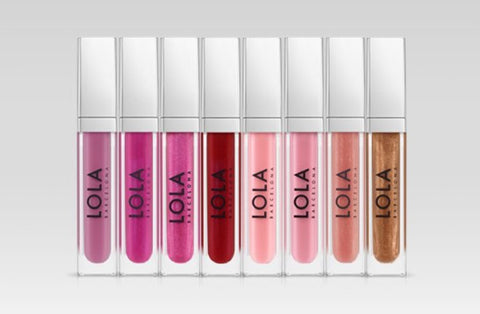
So, in summary:
Lipsticks that do: Anything with a cool, purple, or blue base. For example: blue fuchsias, violets, wine-colored shades, cool dark browns, soft pink nudes, purples, cherry reds, violets, and cool blues.
Lipsticks not to wear: Any with a warm base that includes yellow pigments. Corals, yellow-based passion reds, warm browns, brick colors, very light or pale pinks, or flesh tones.
Already know which of our lipsticks you're going to choose? Explore all our shades and choose the one that makes you shine the most!

